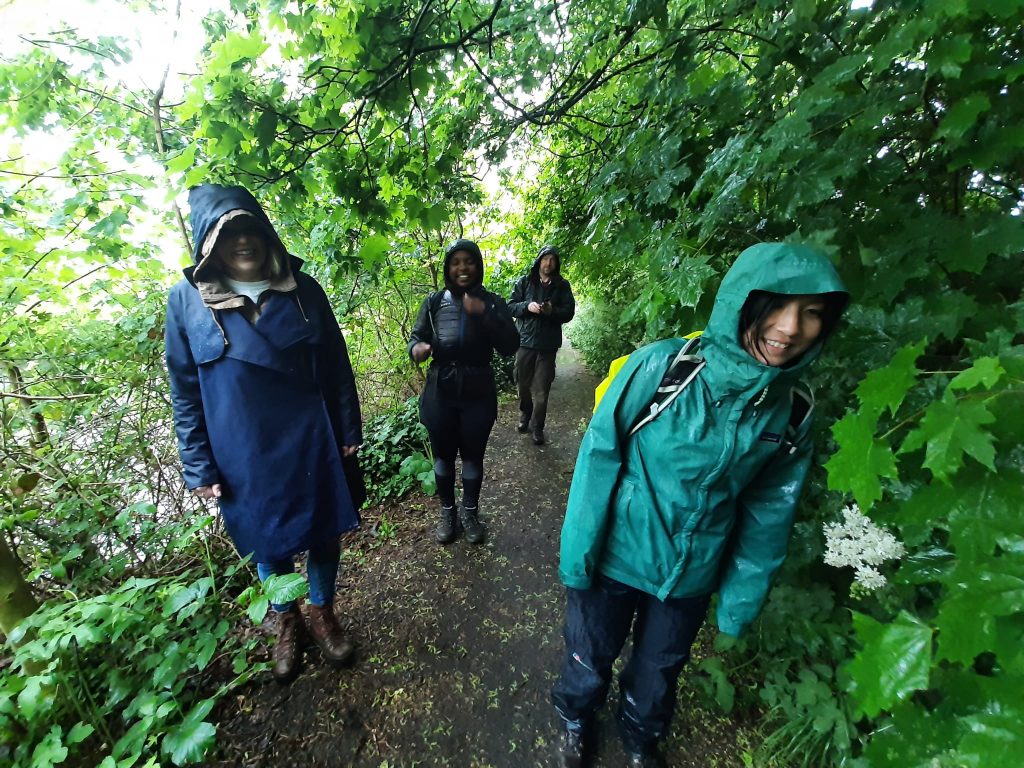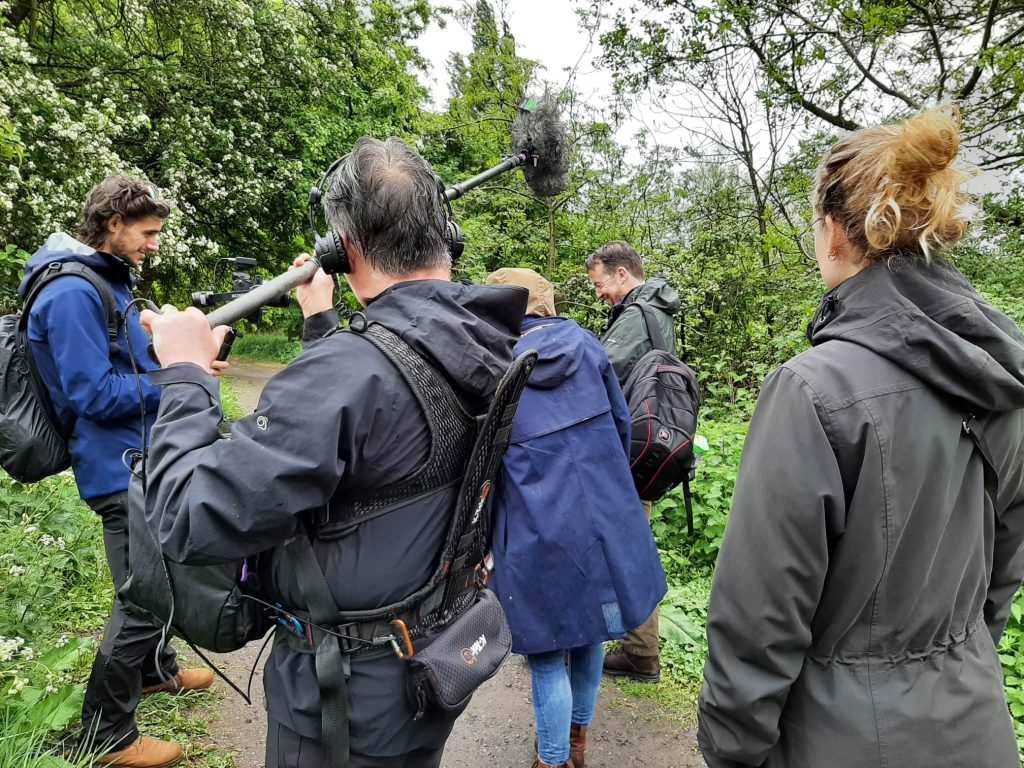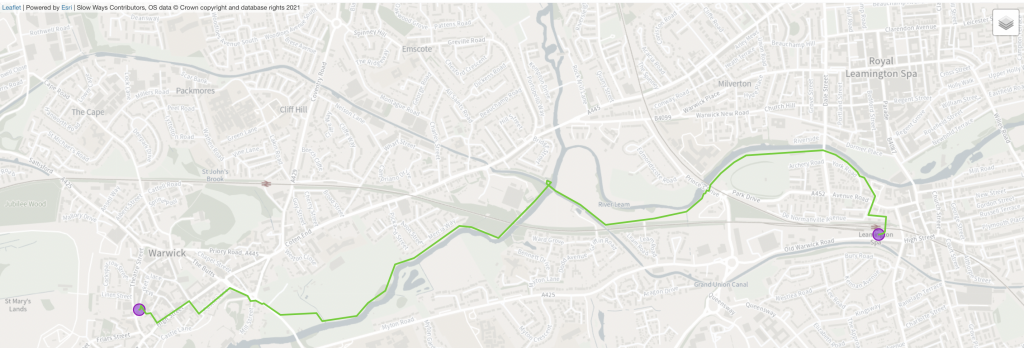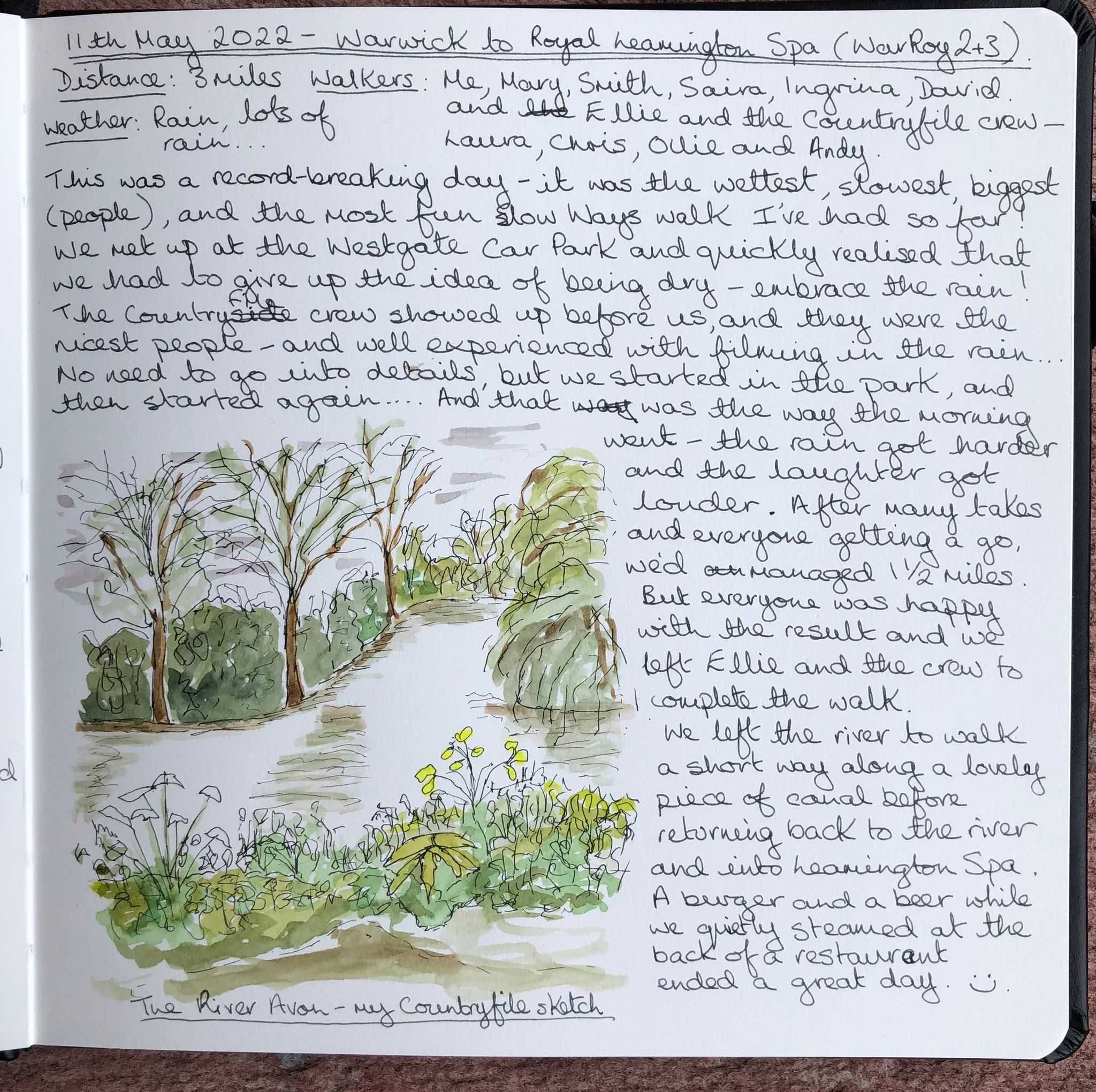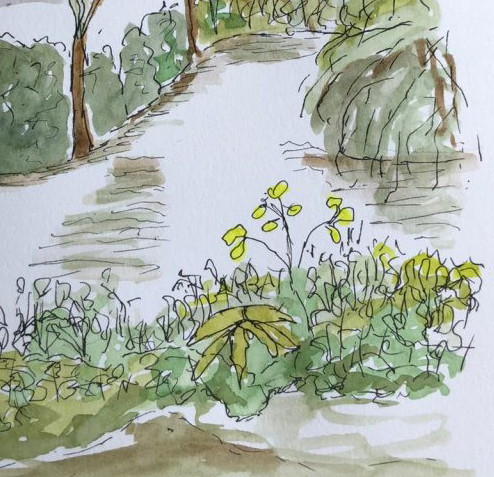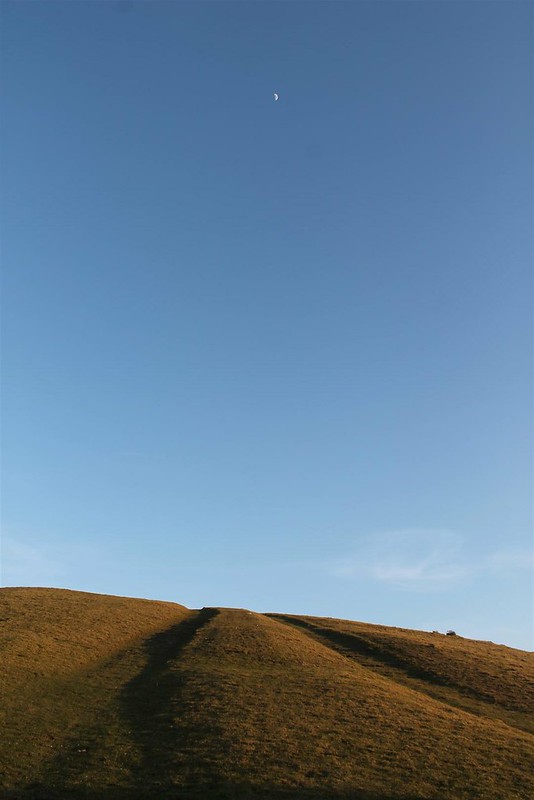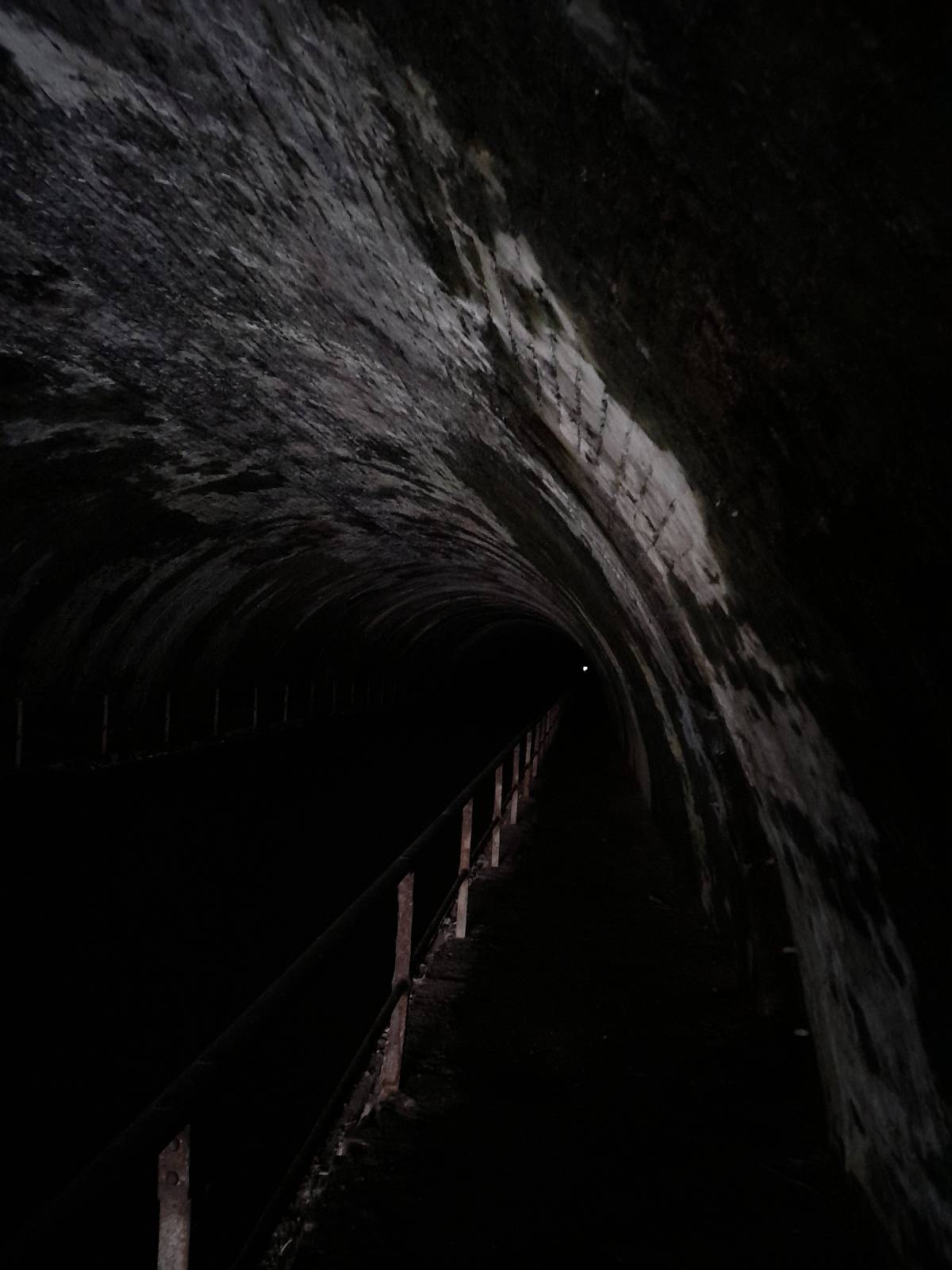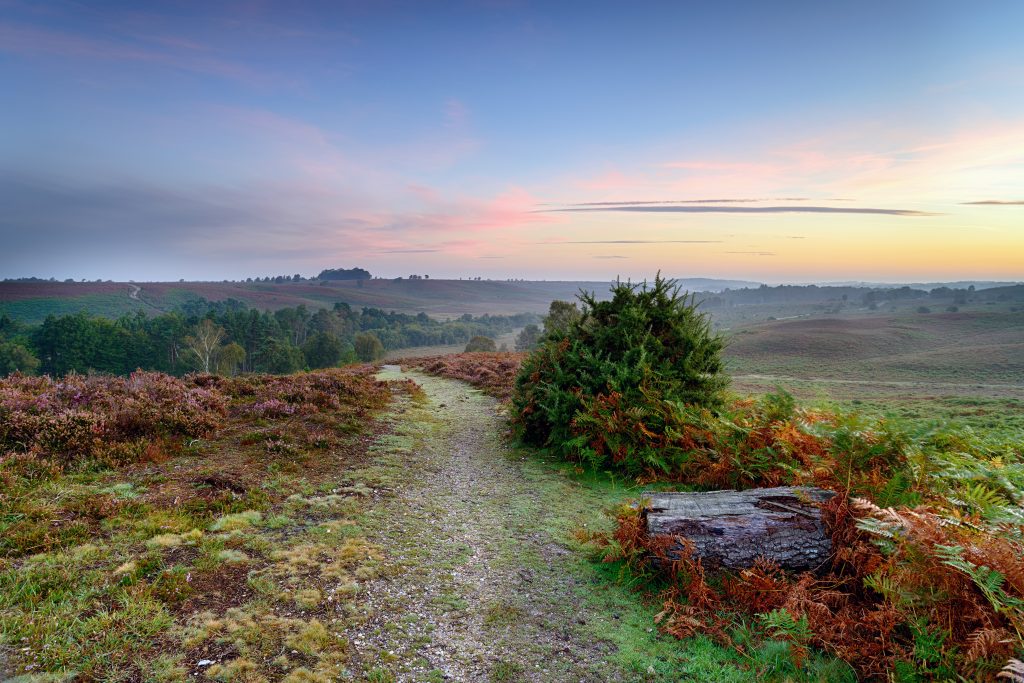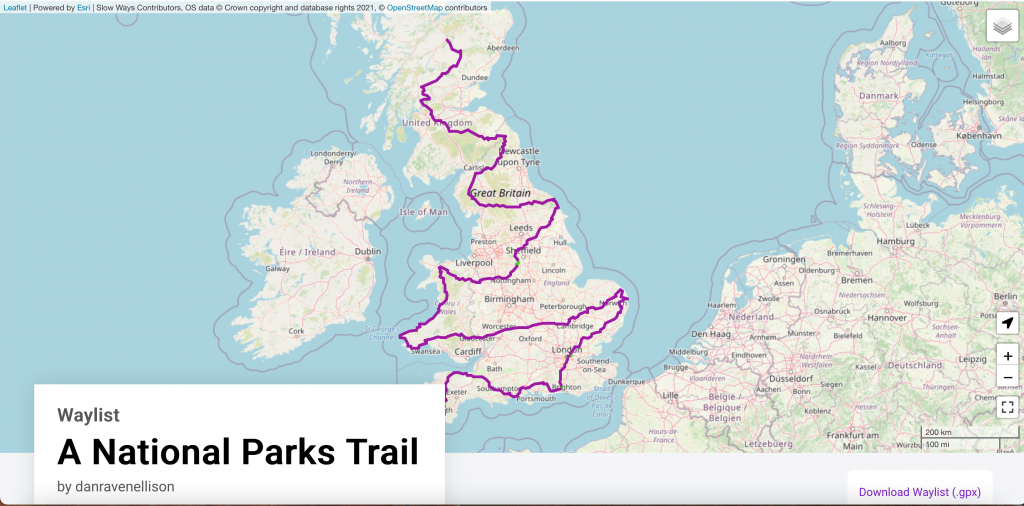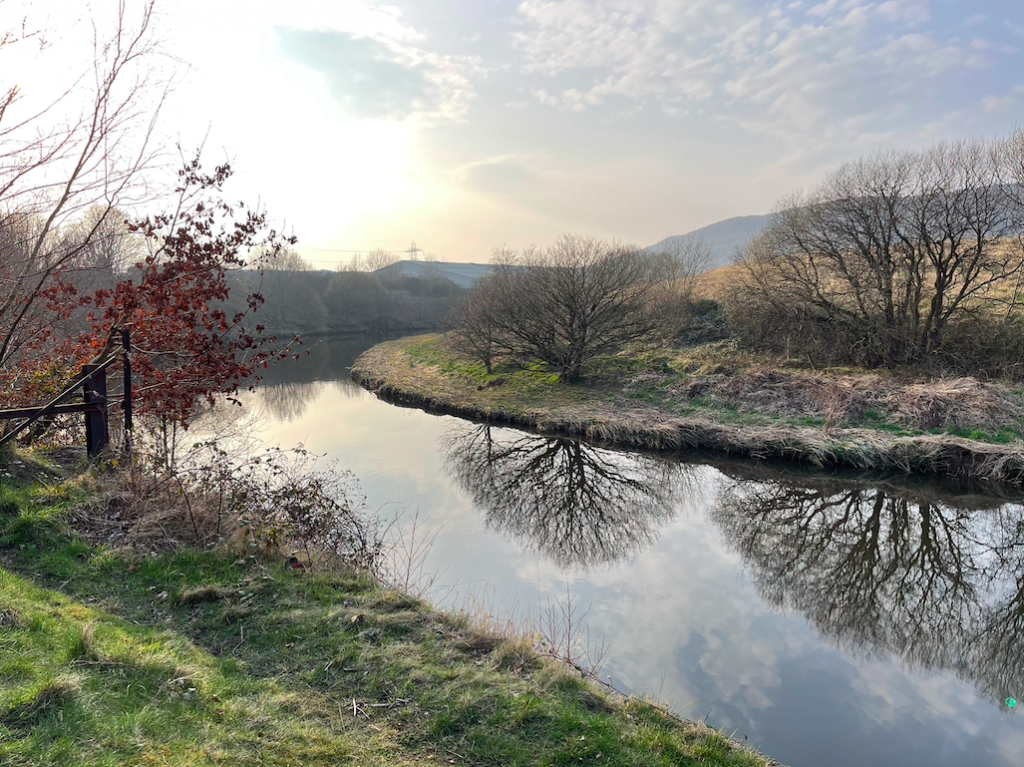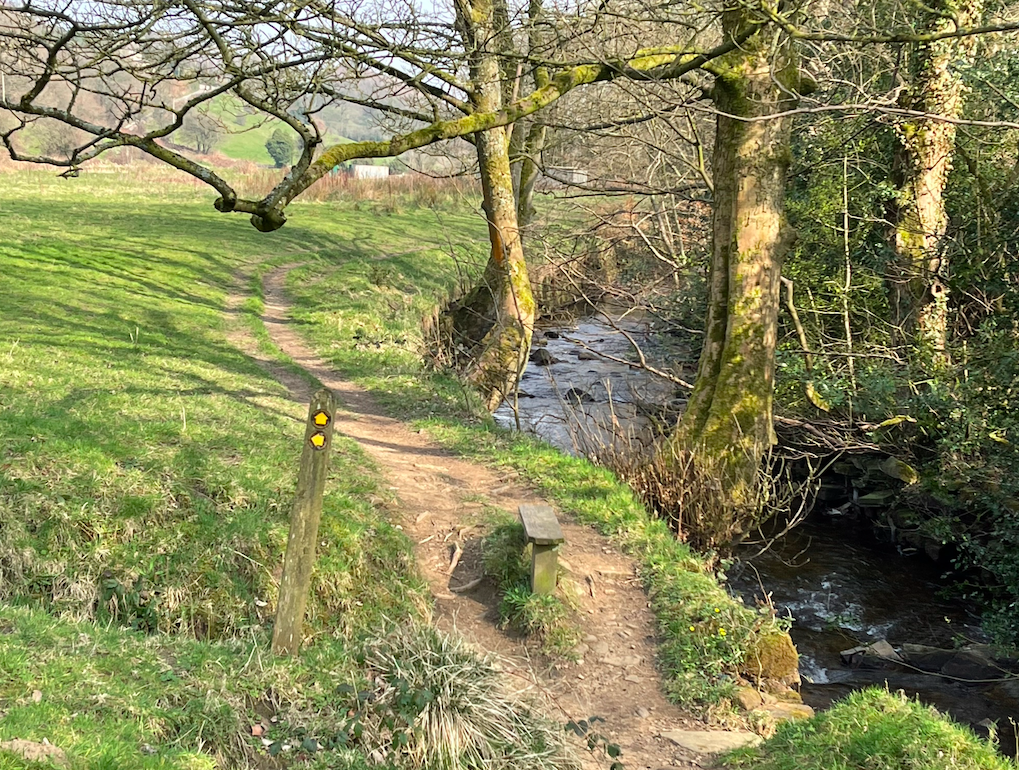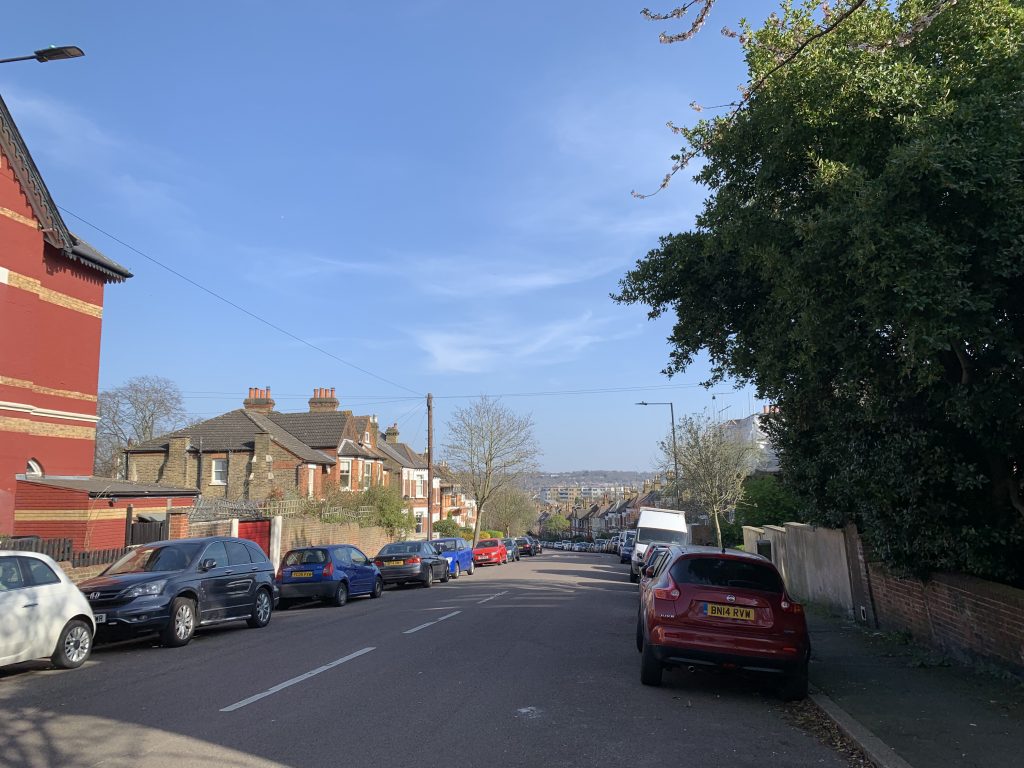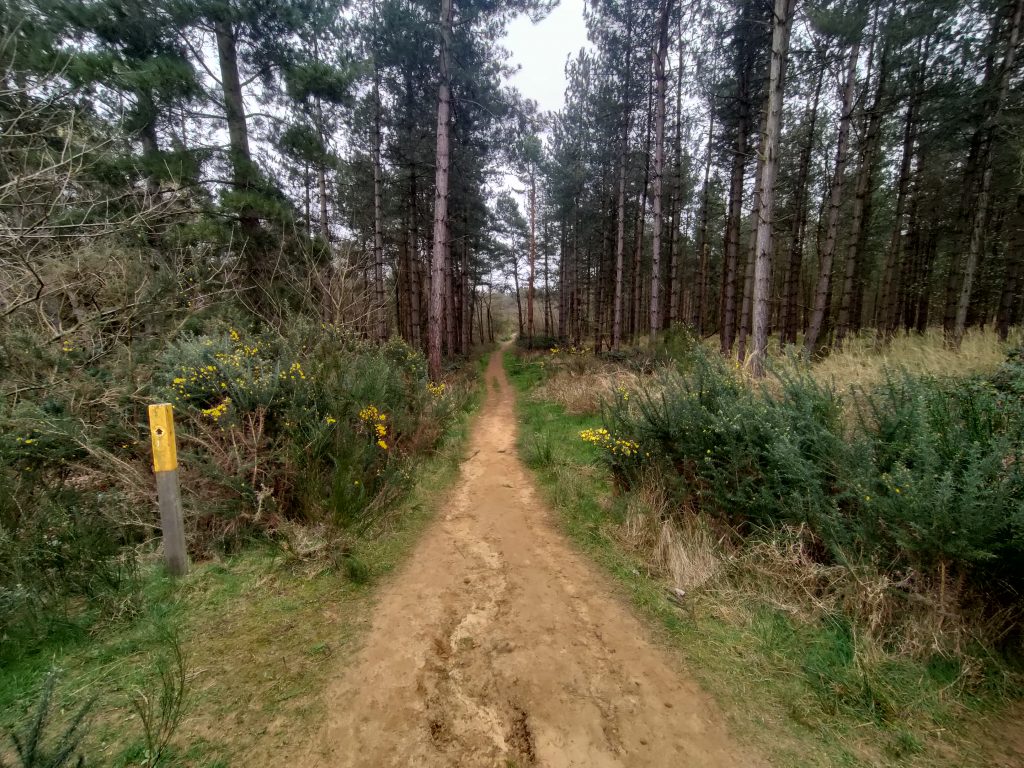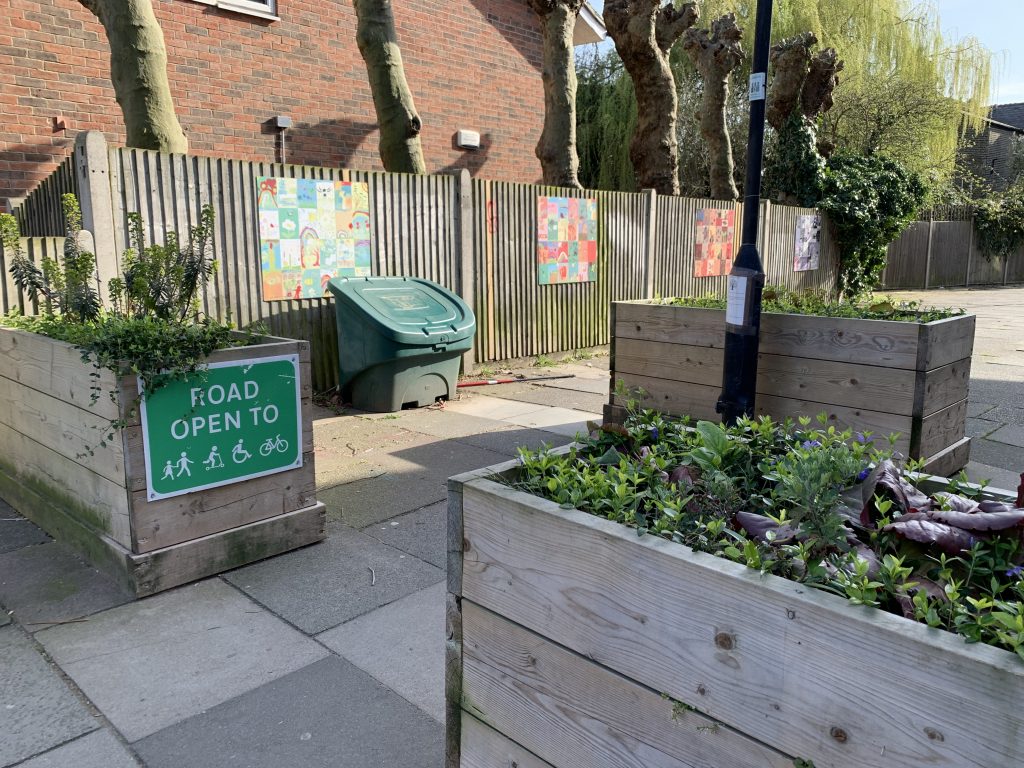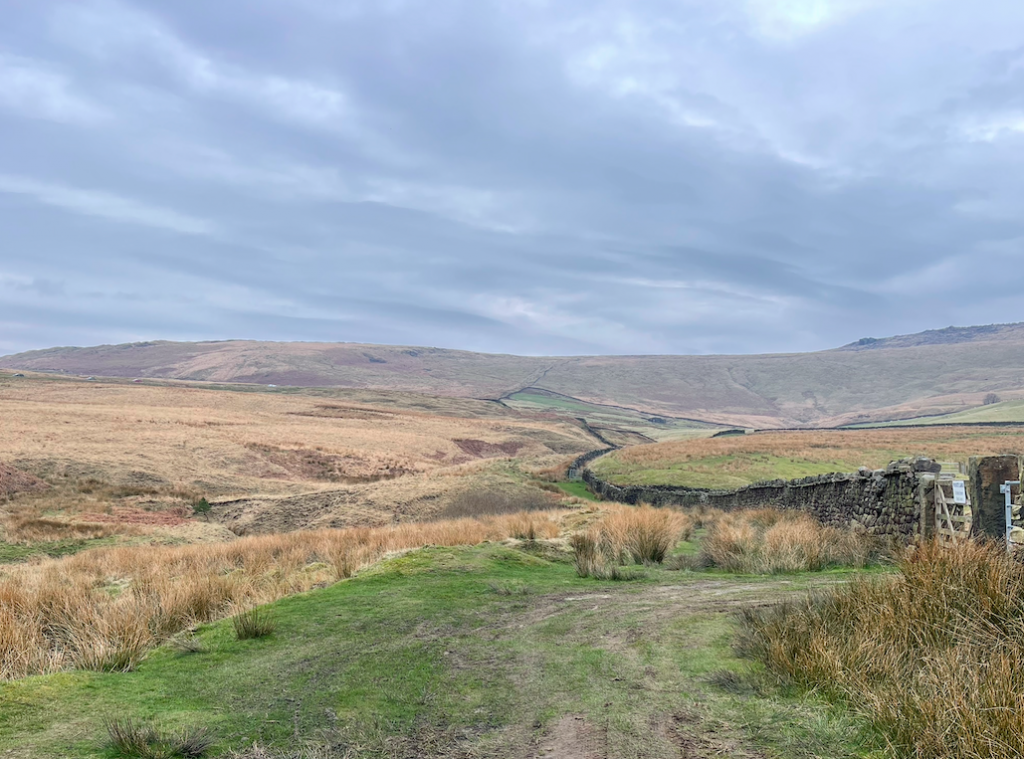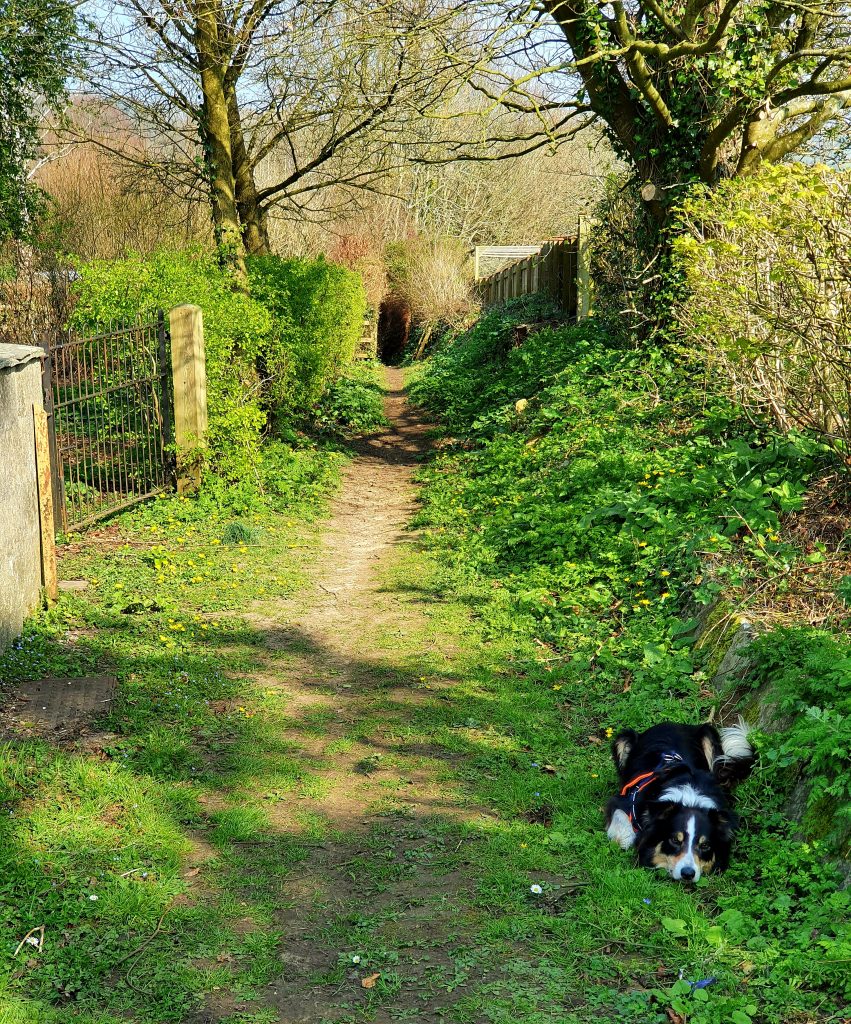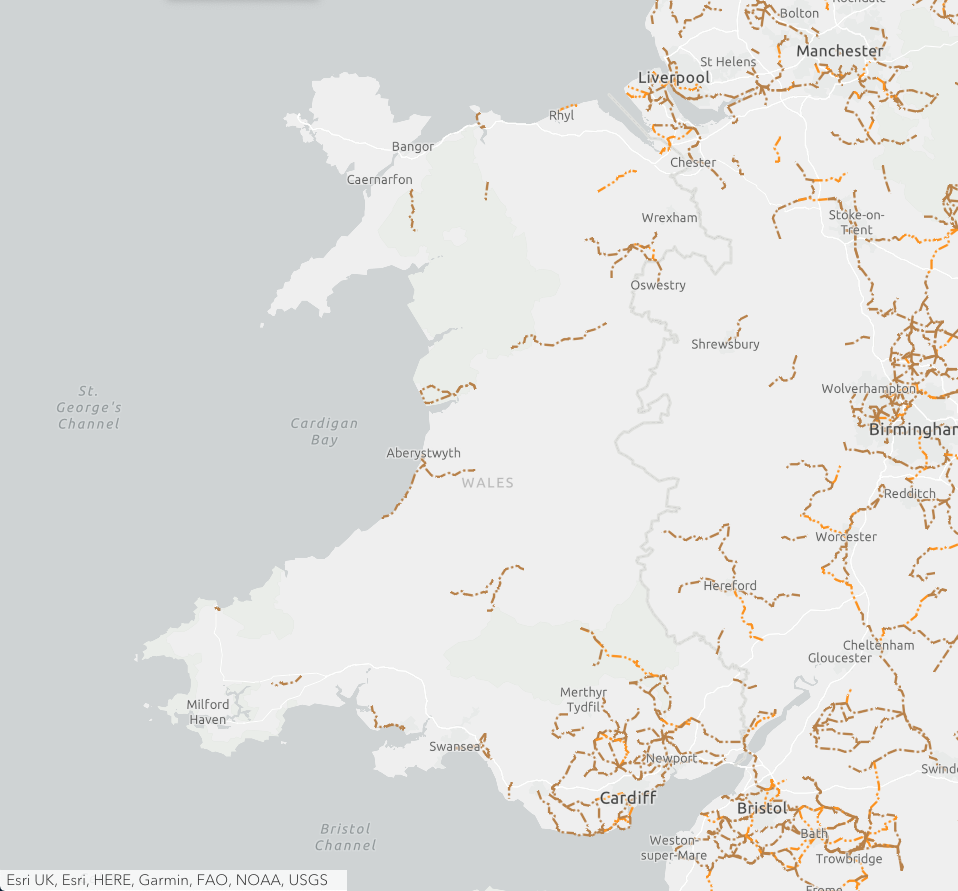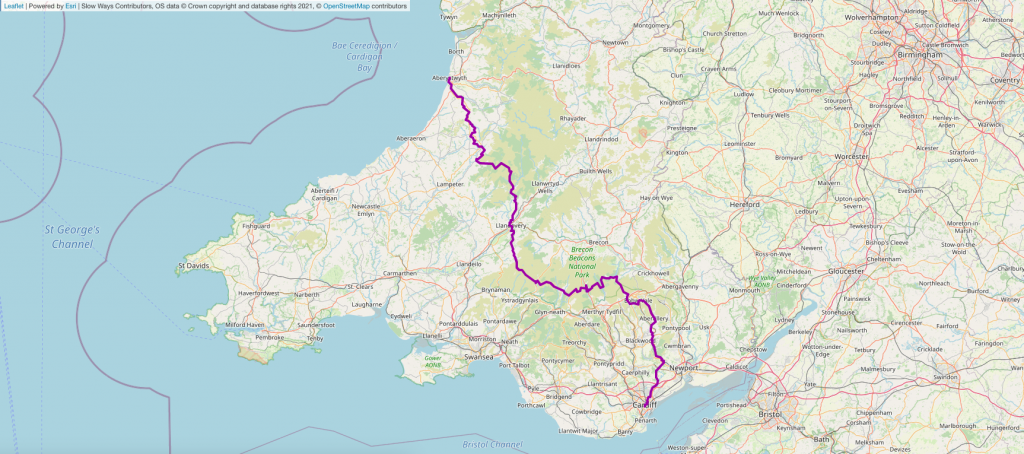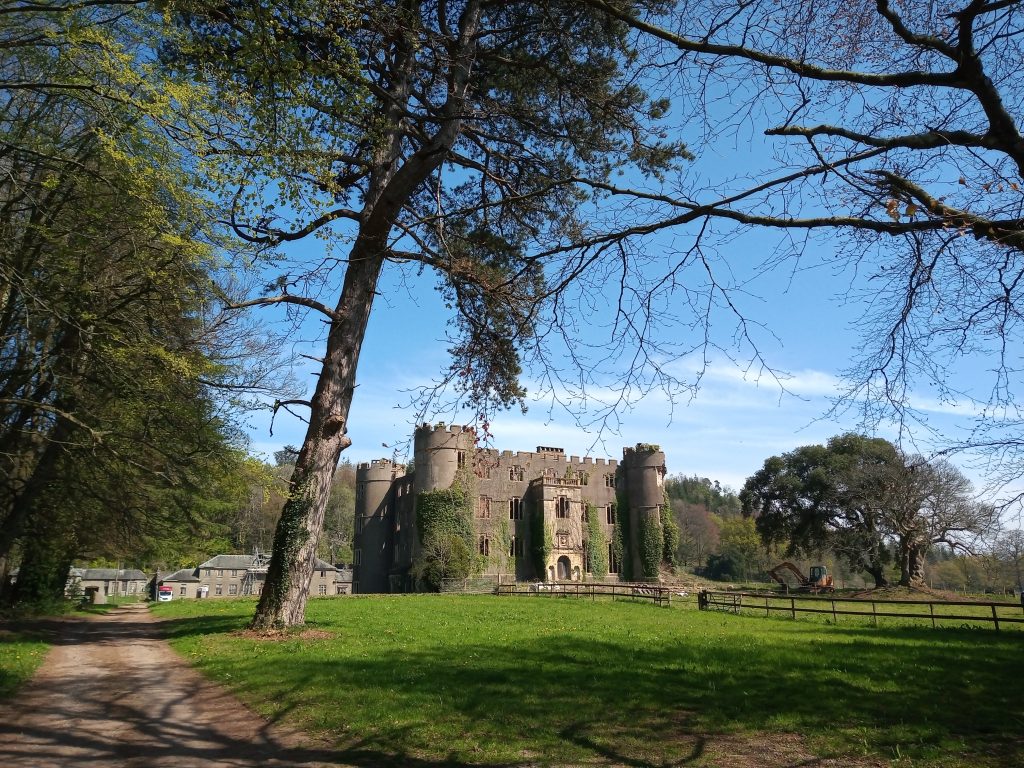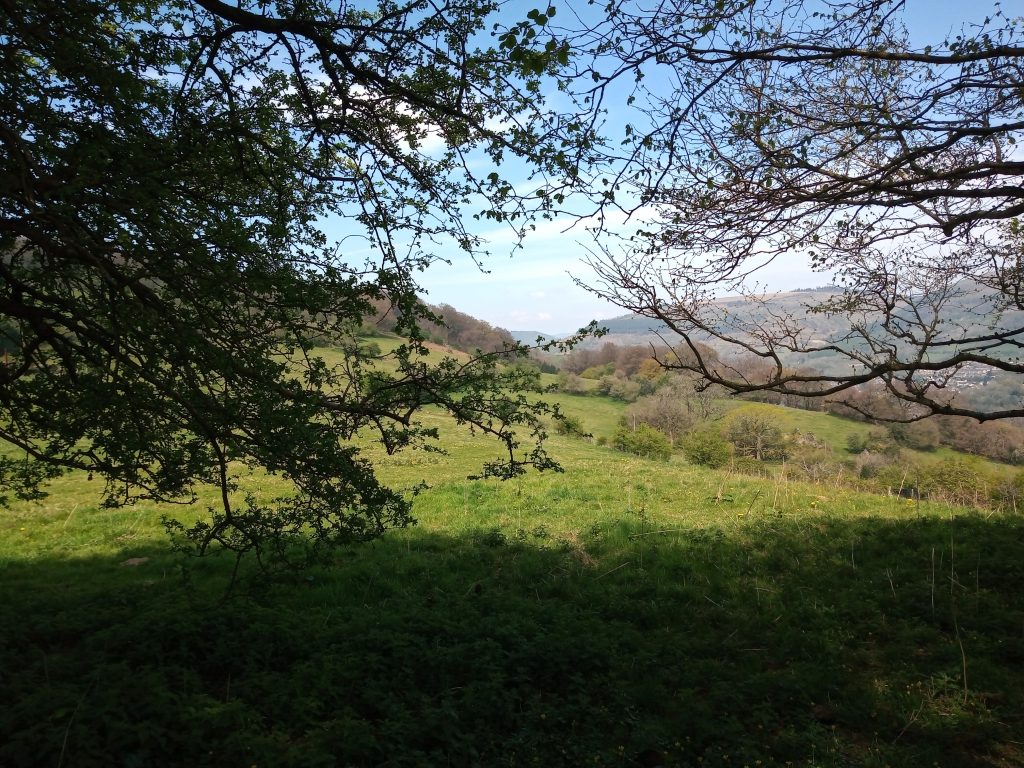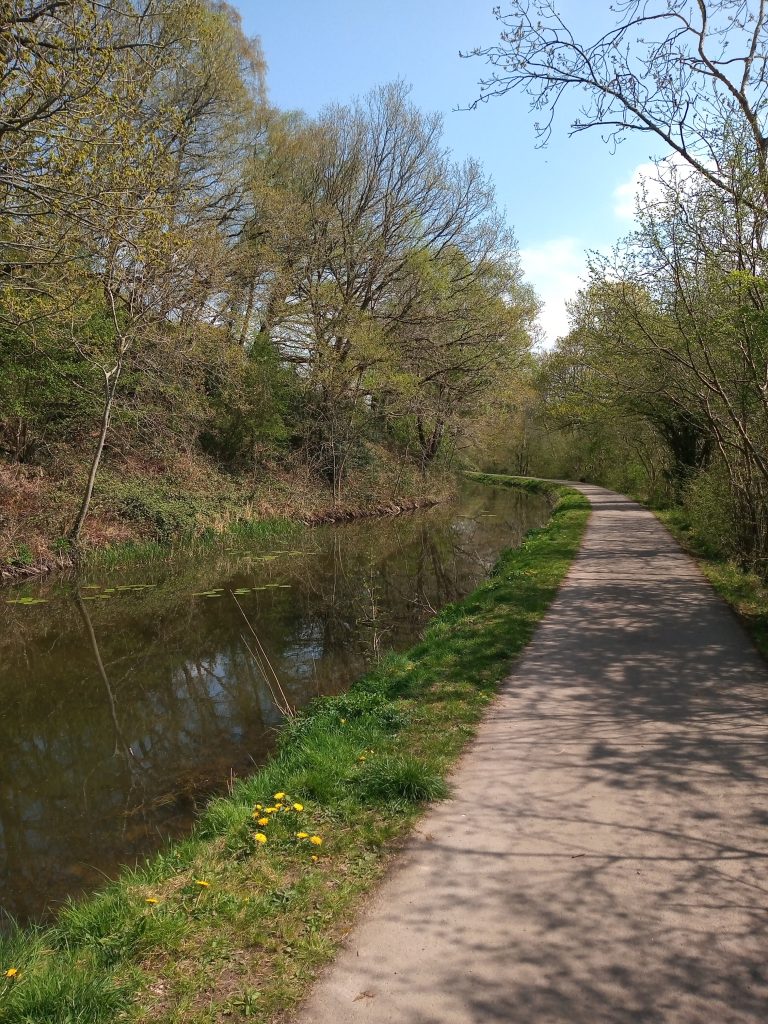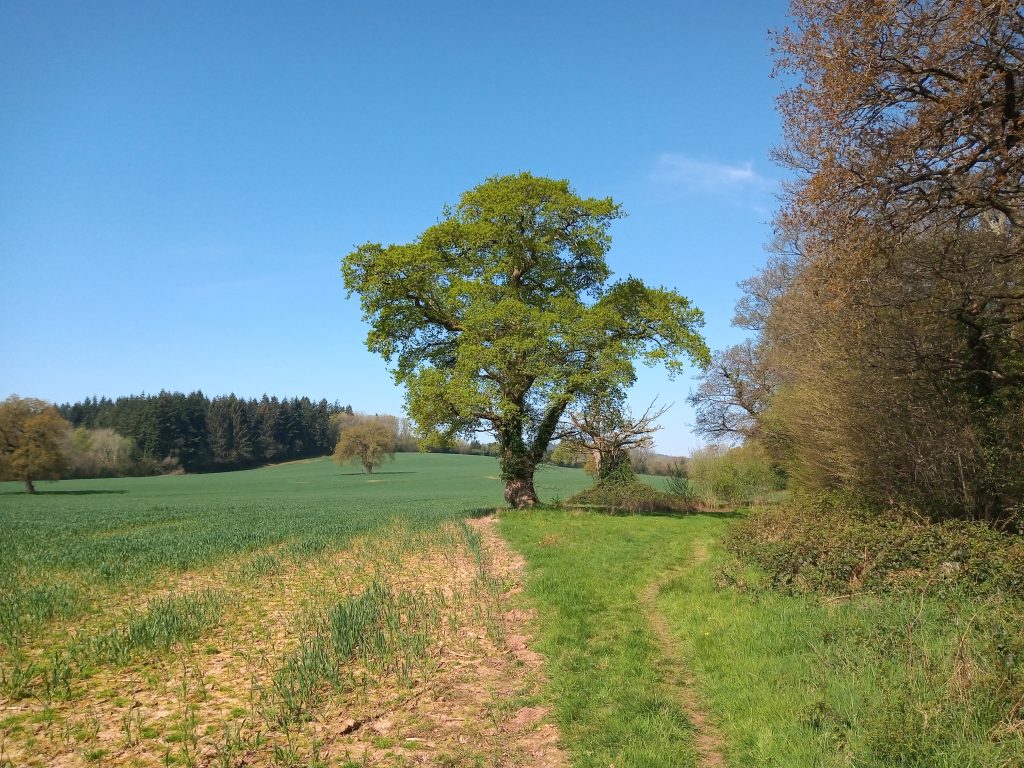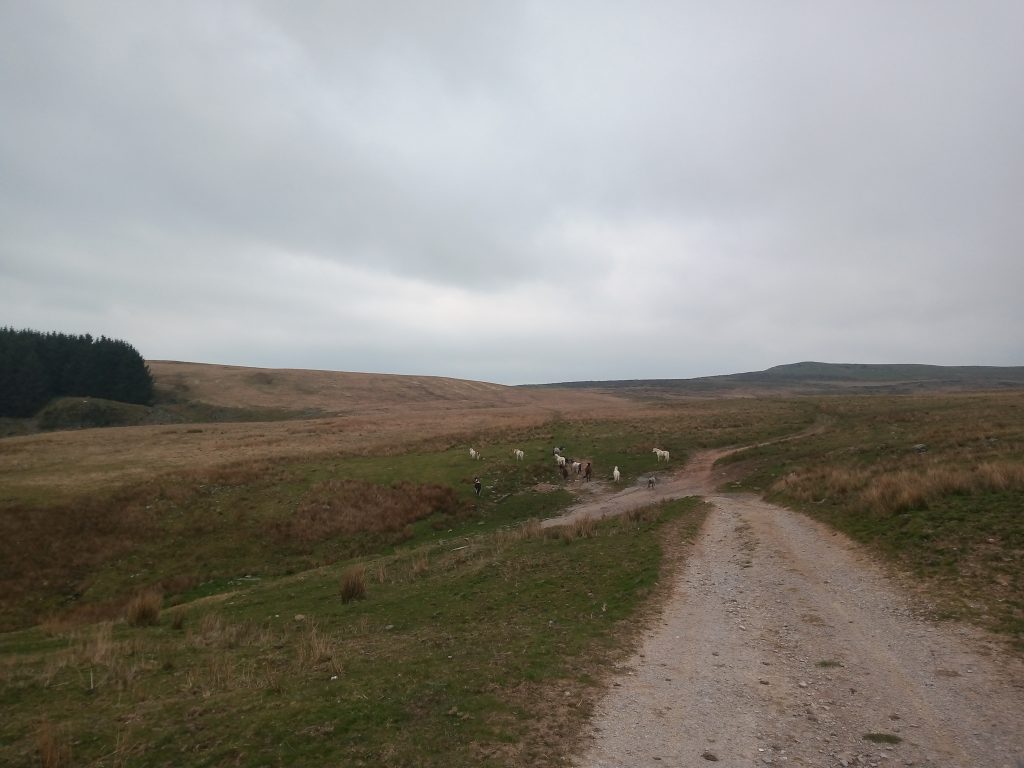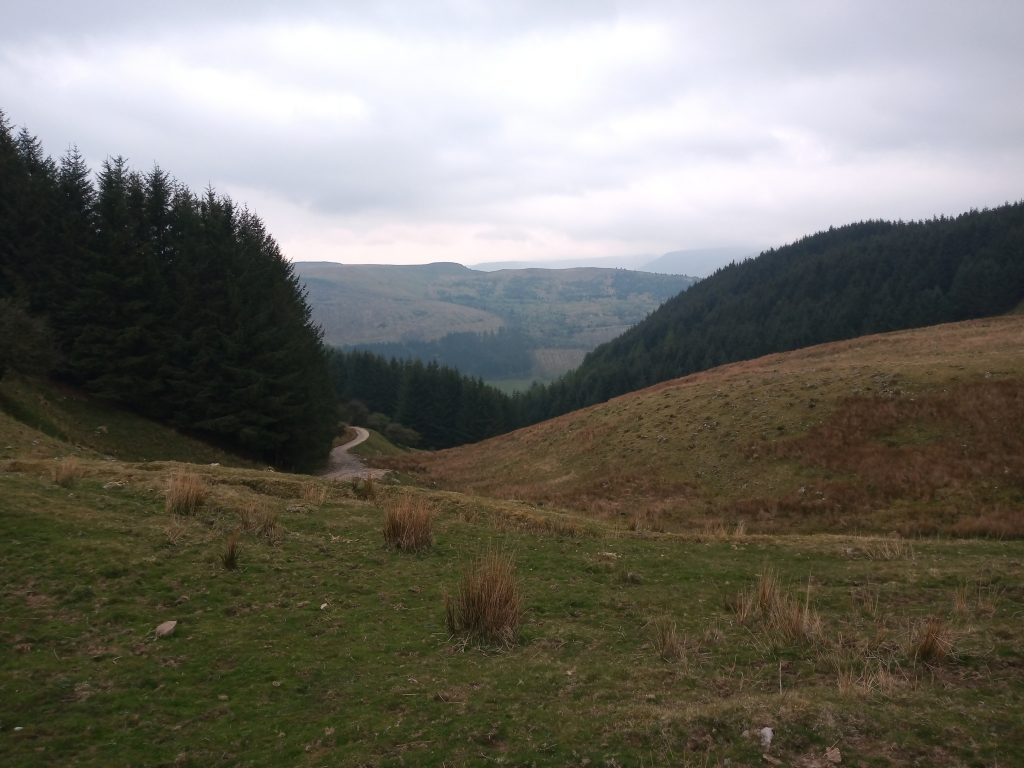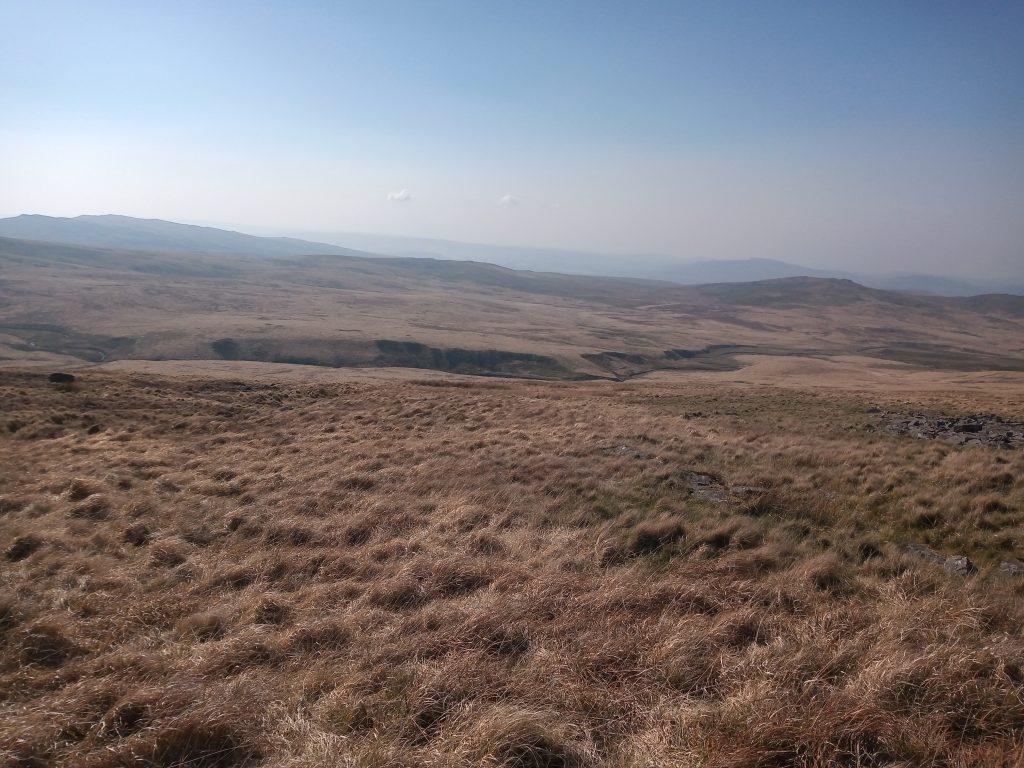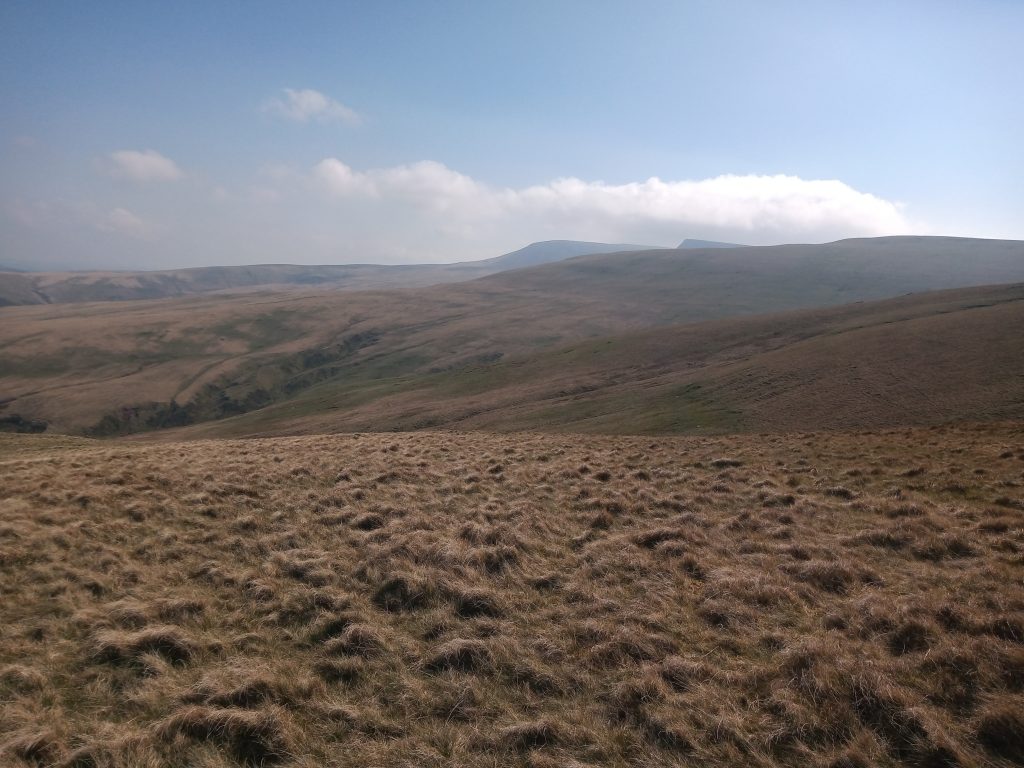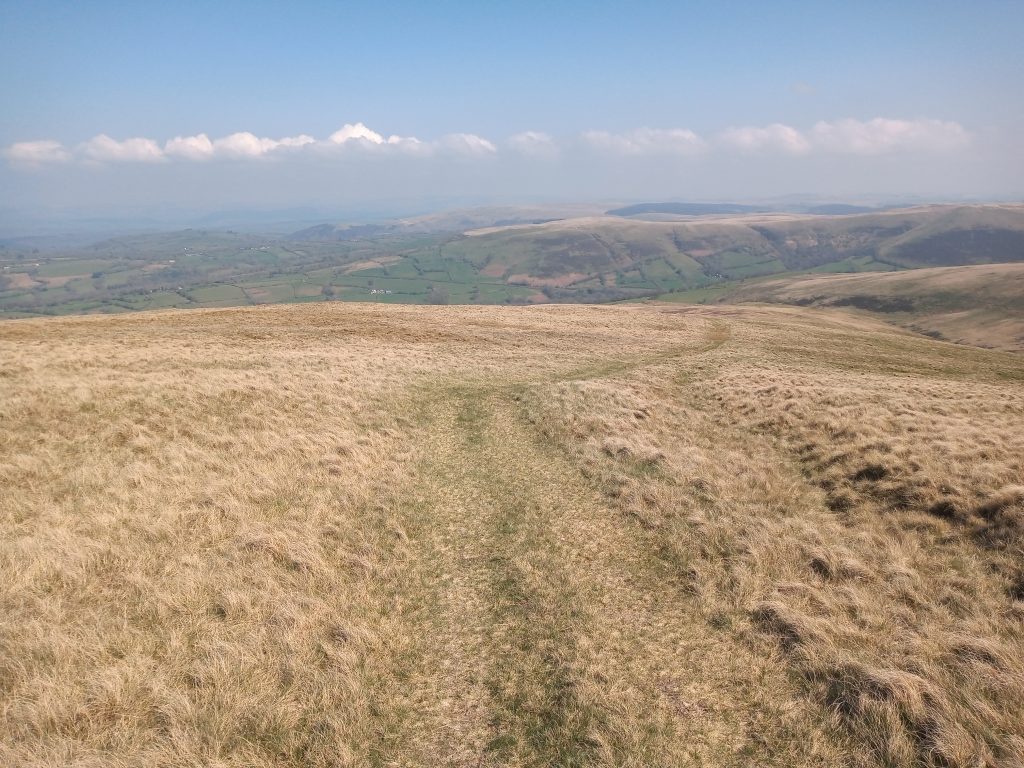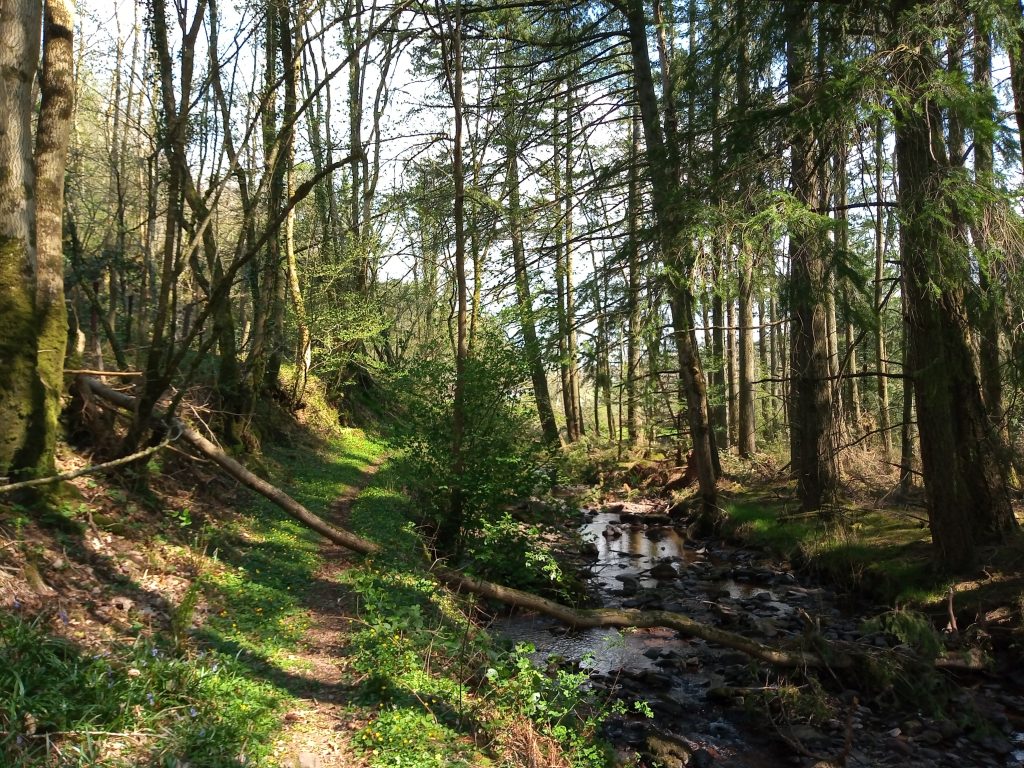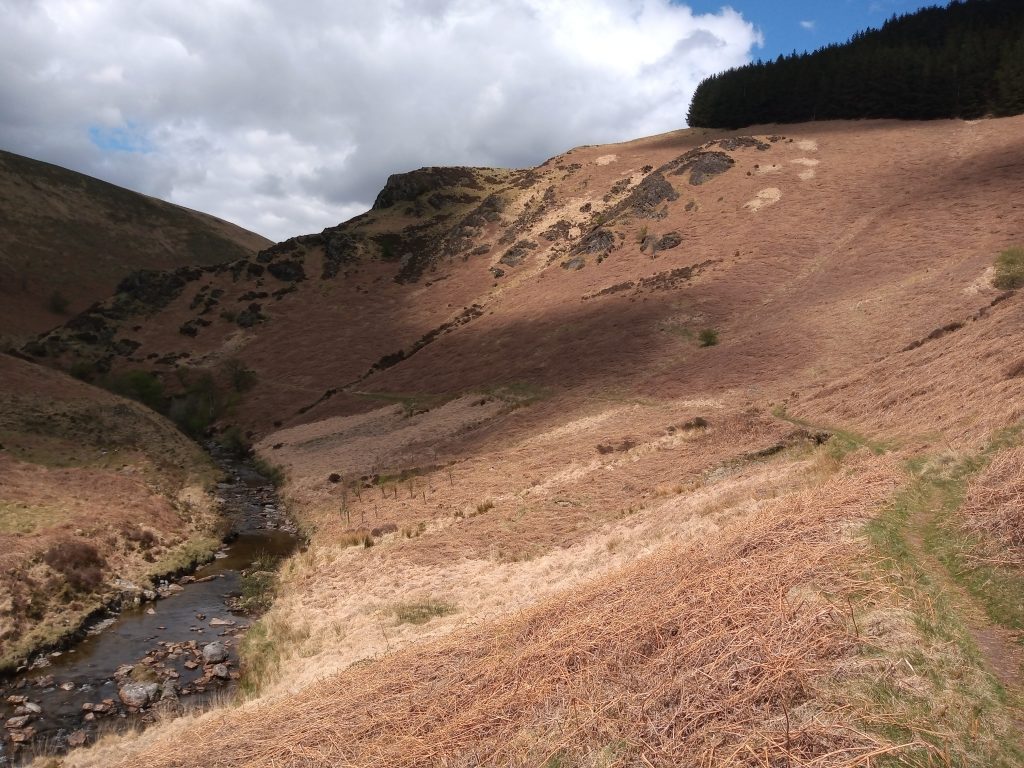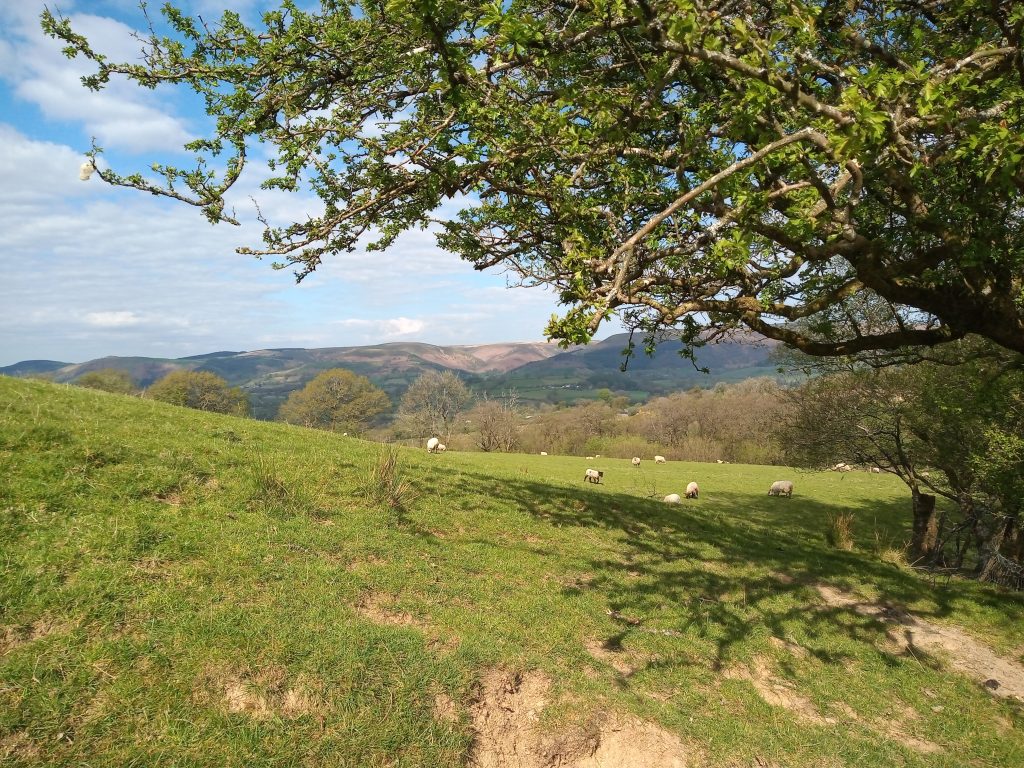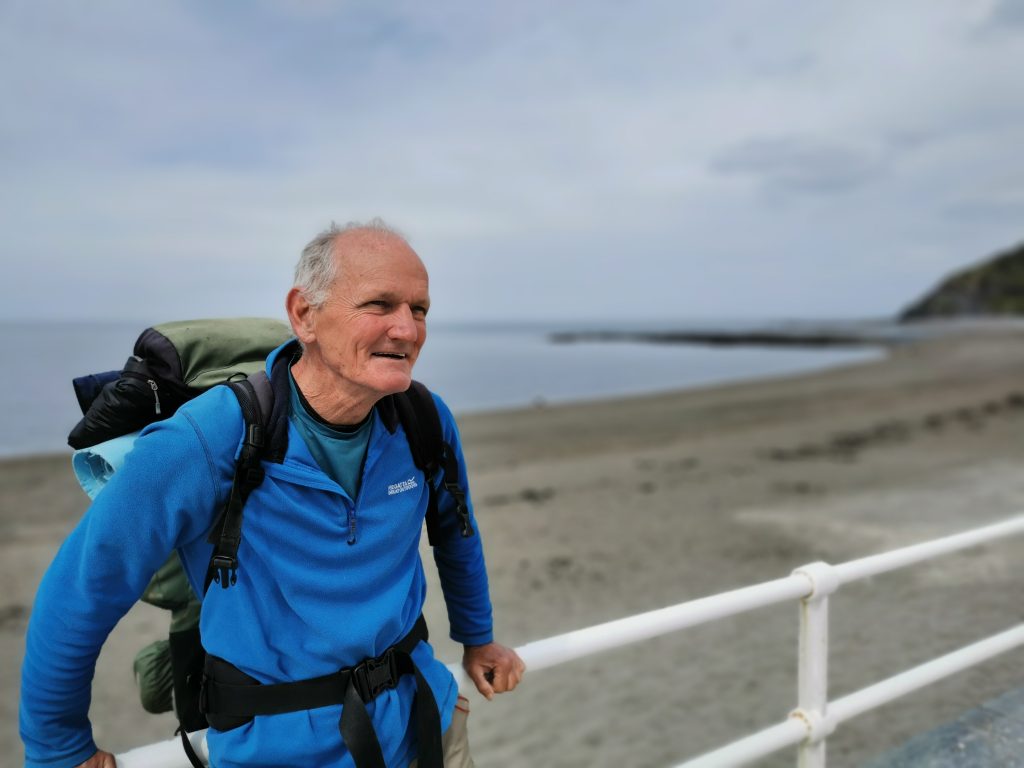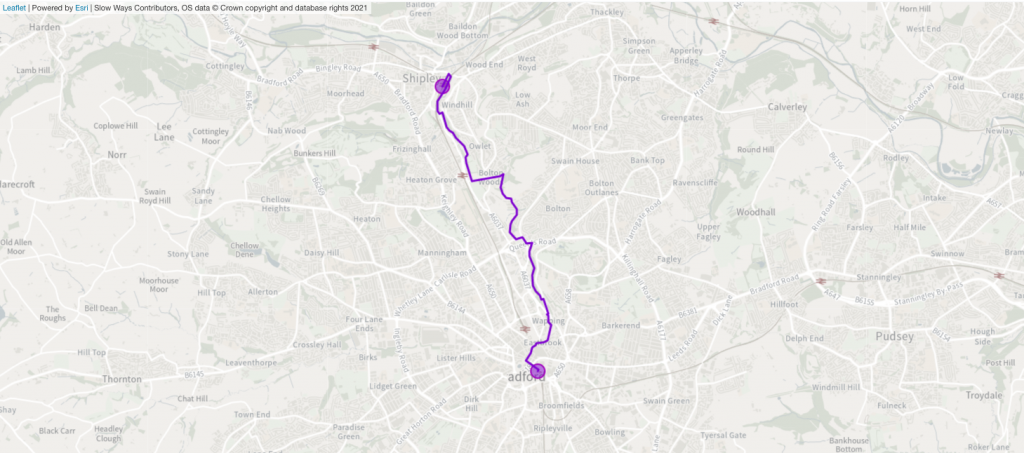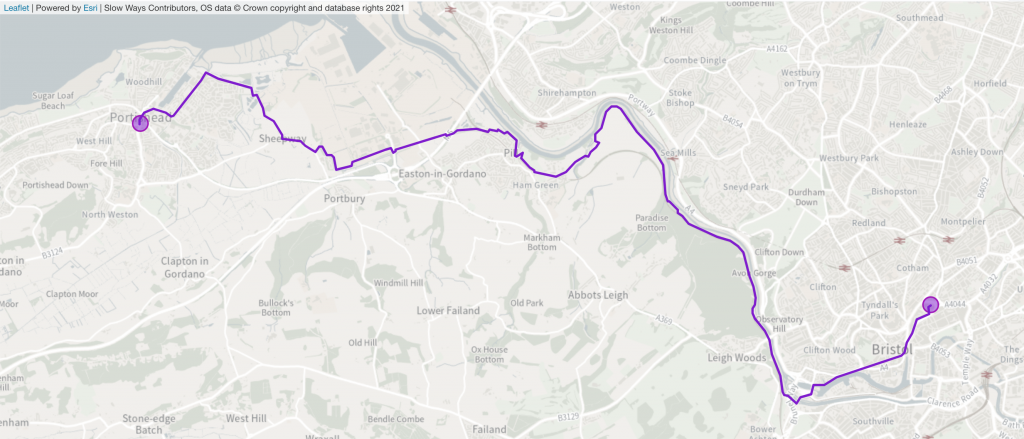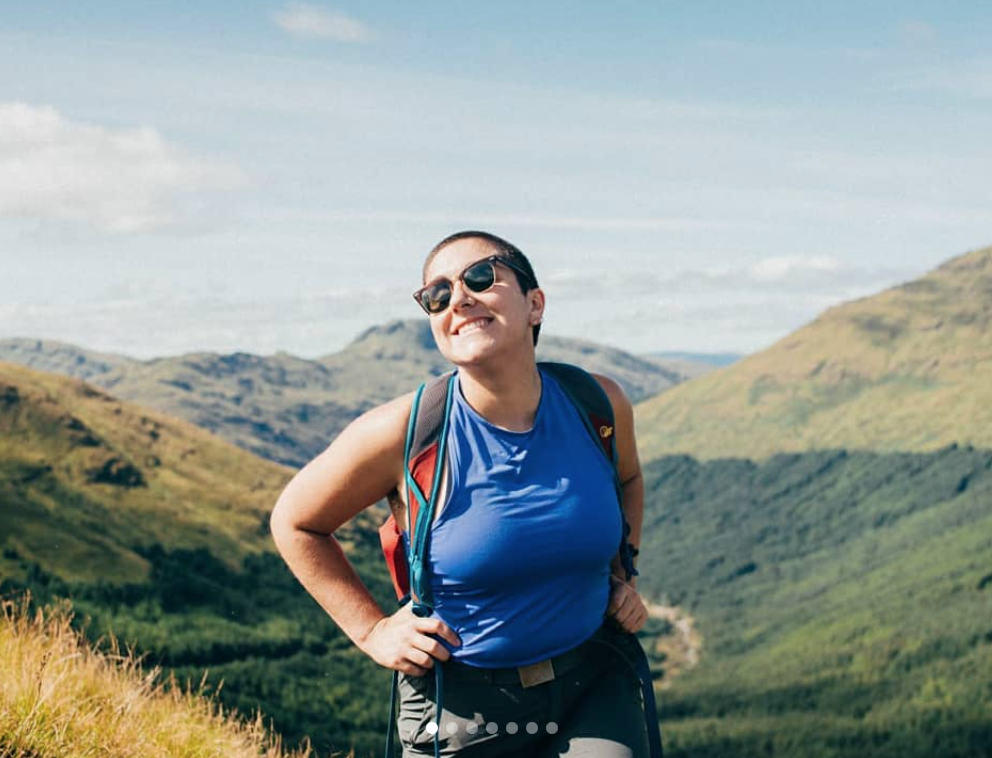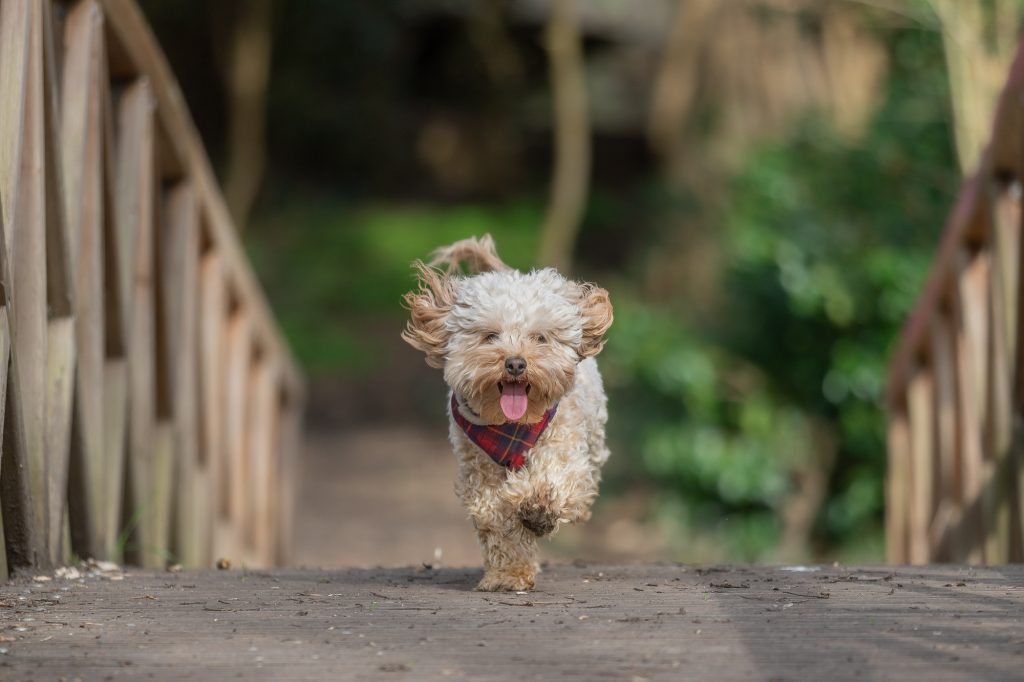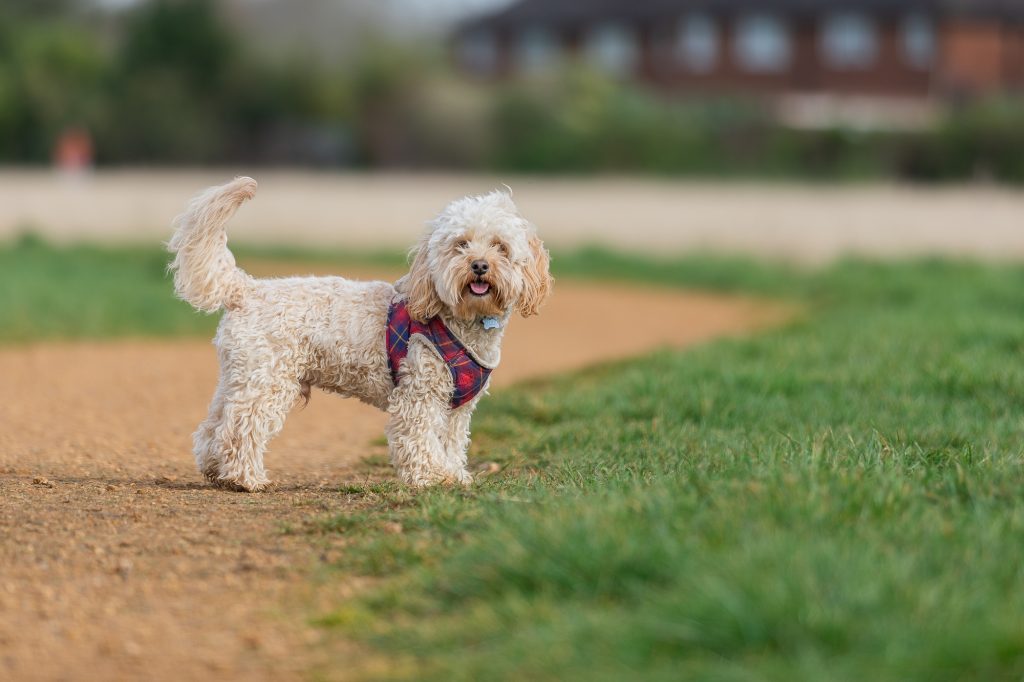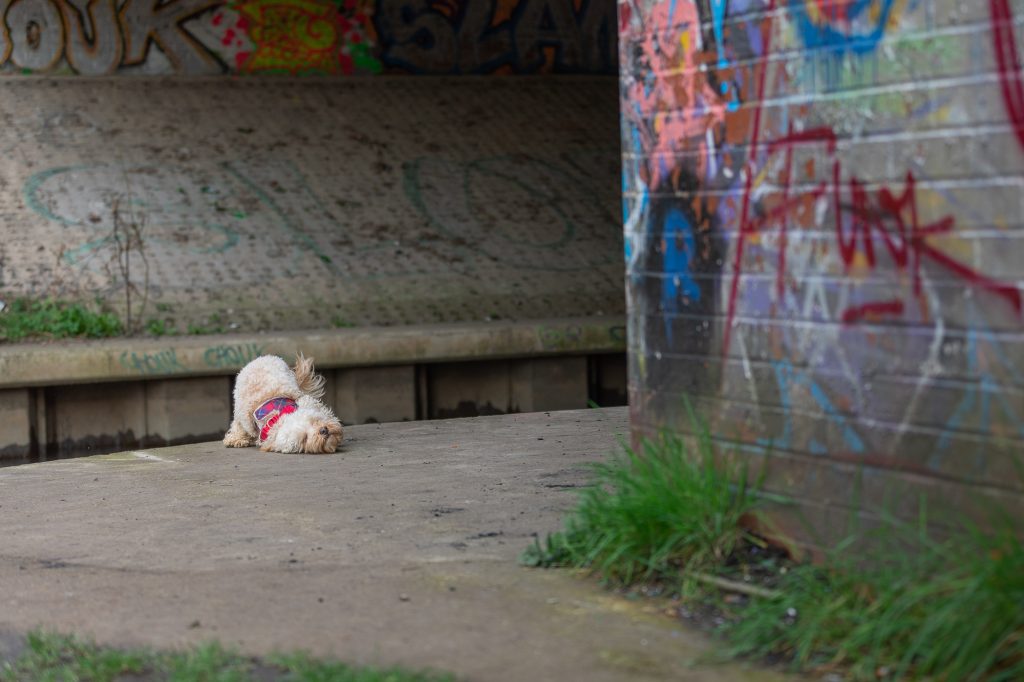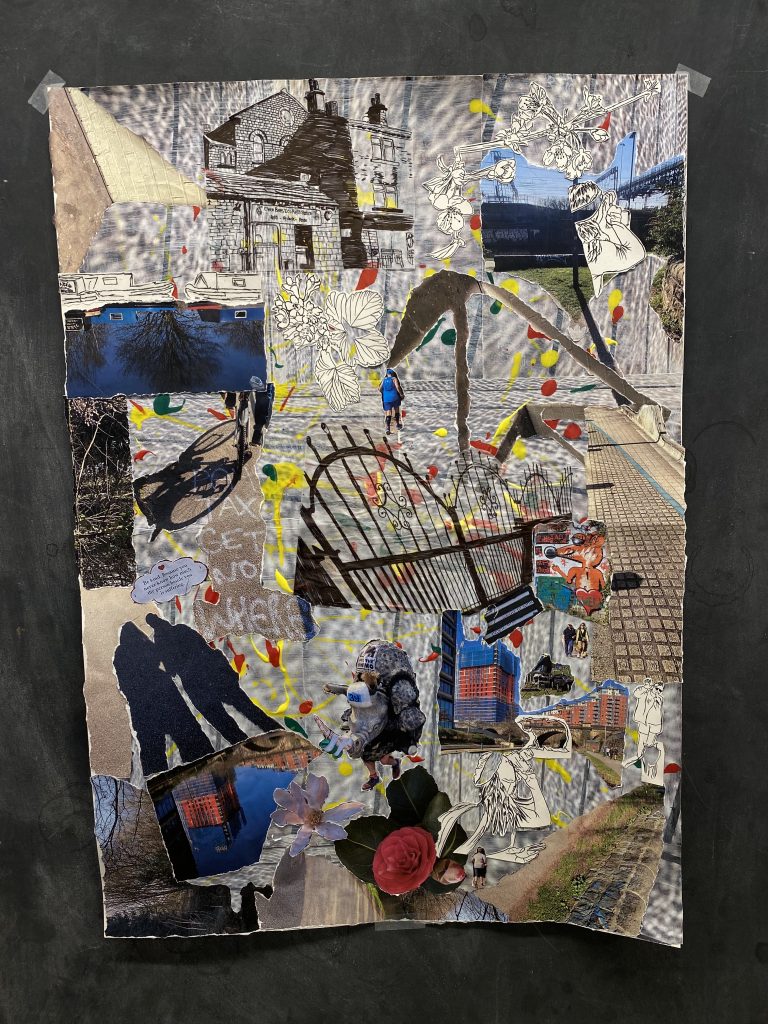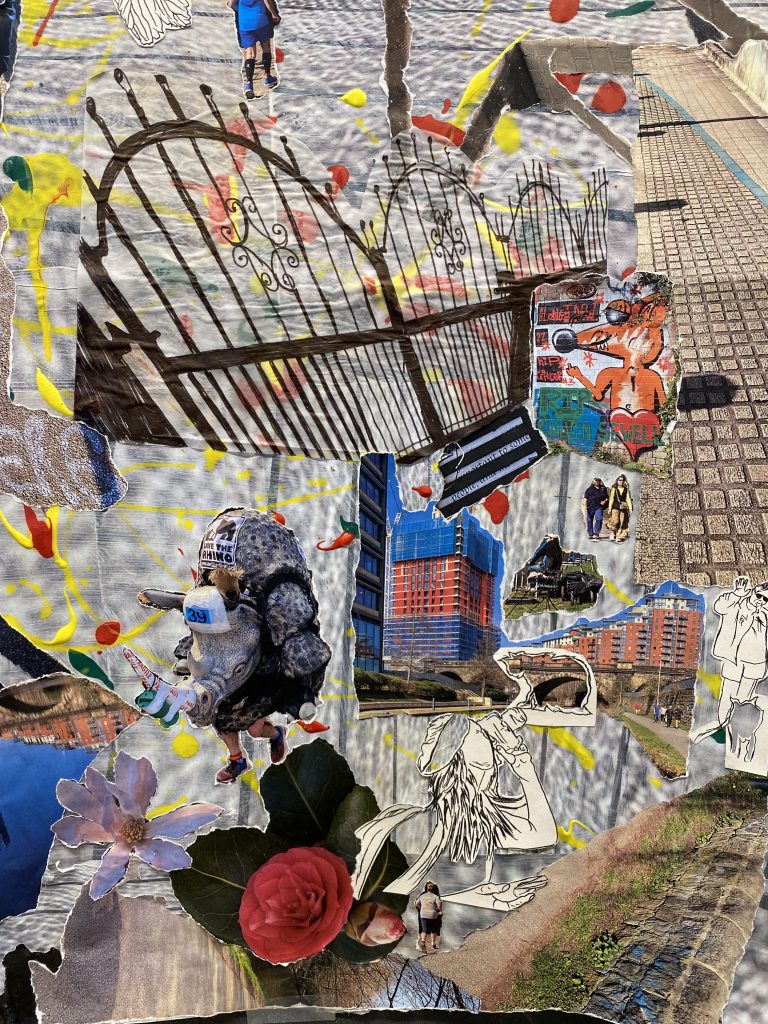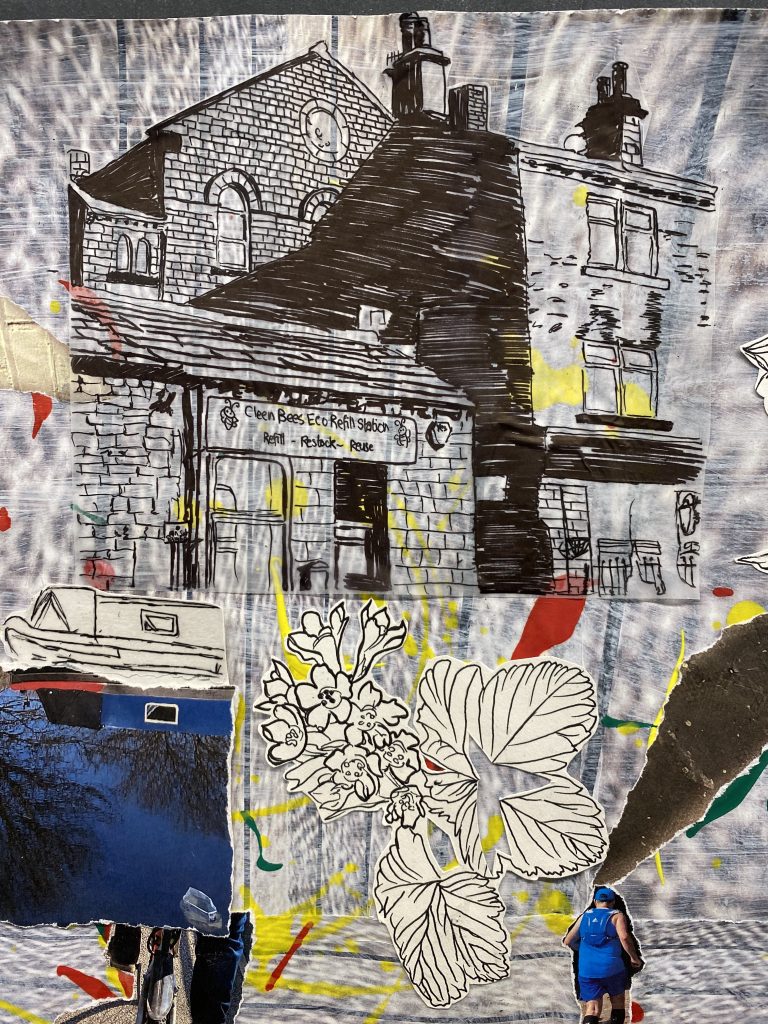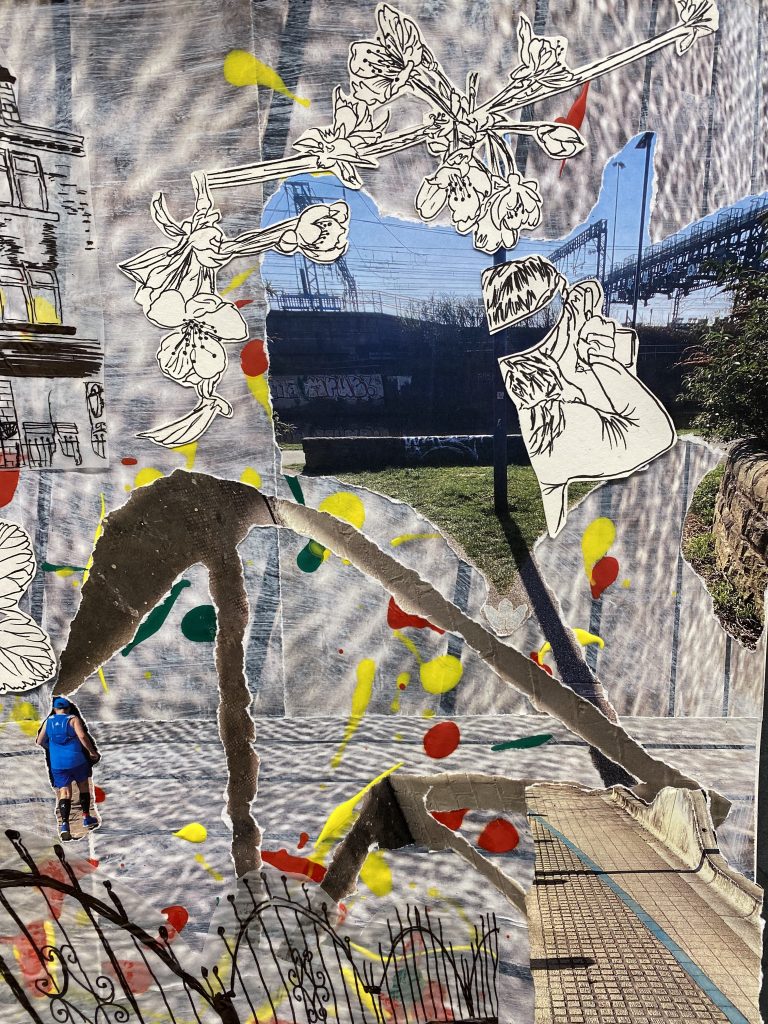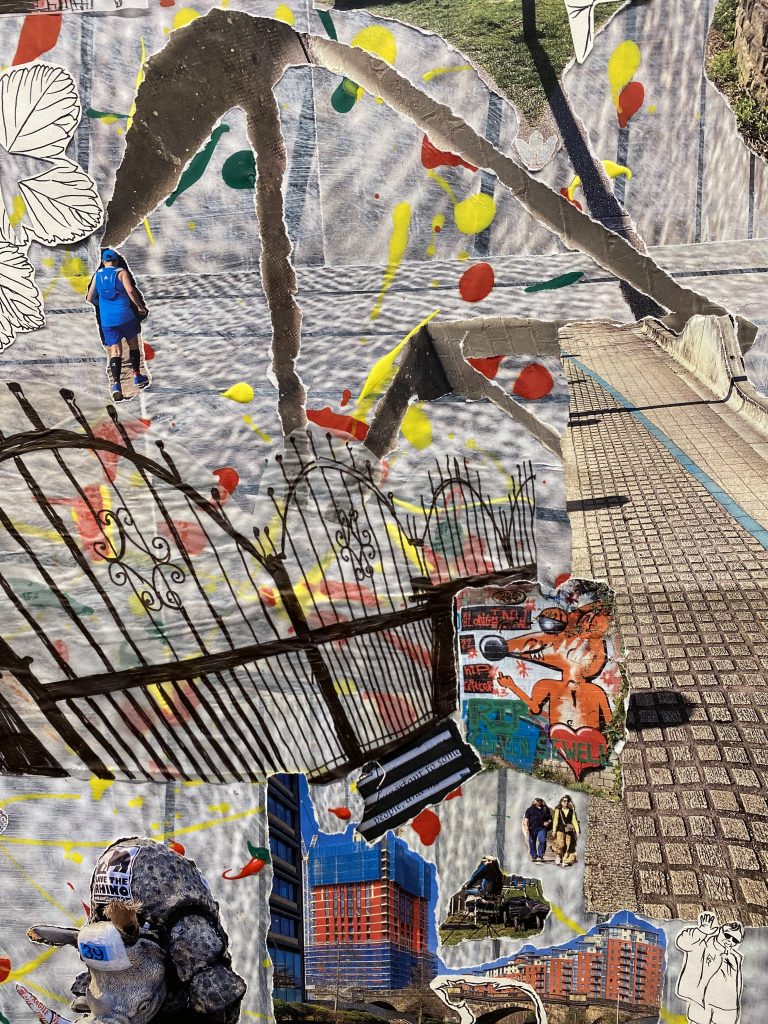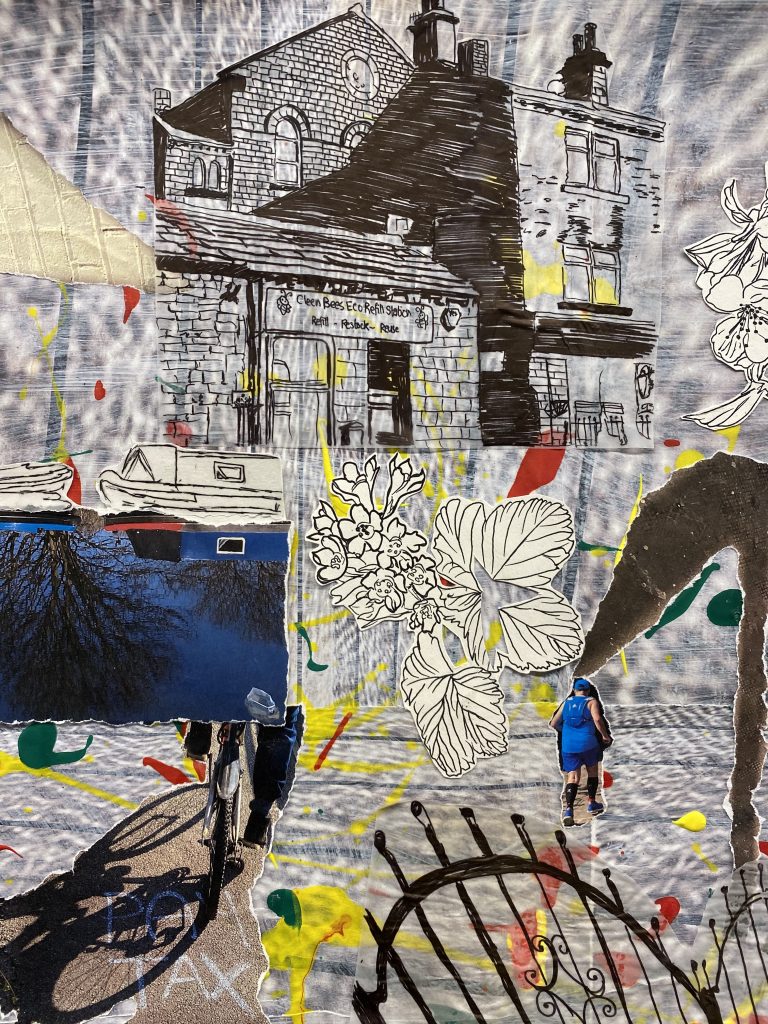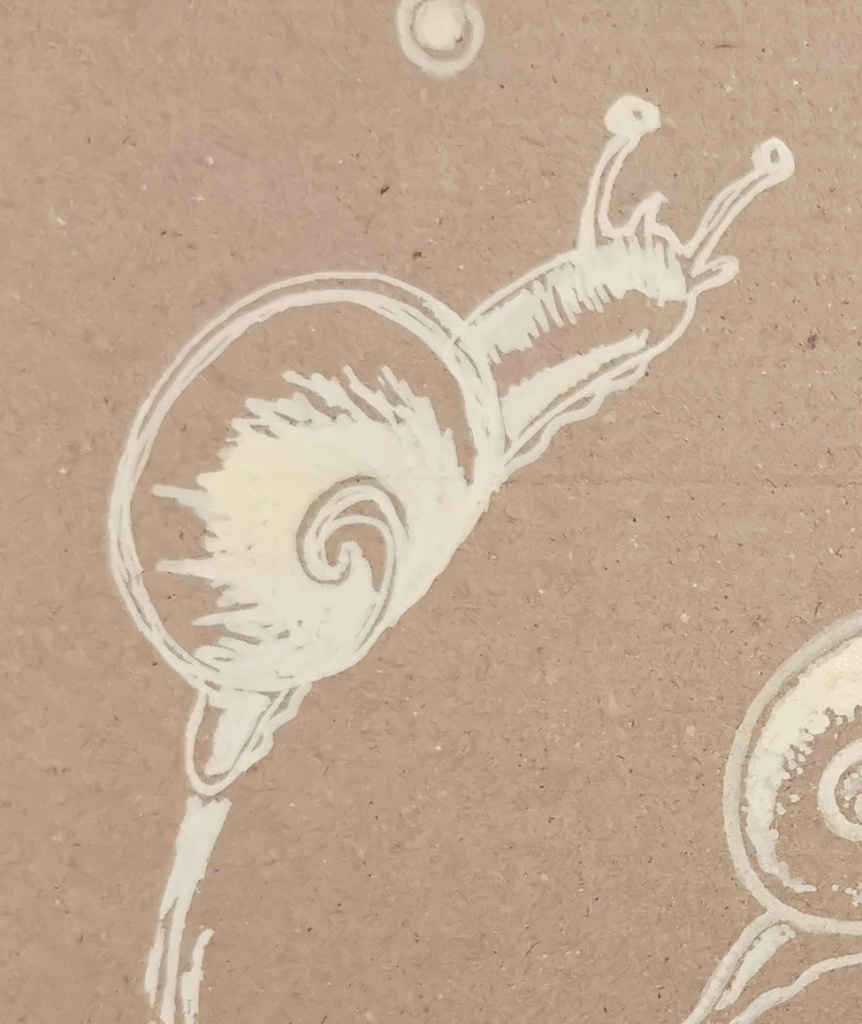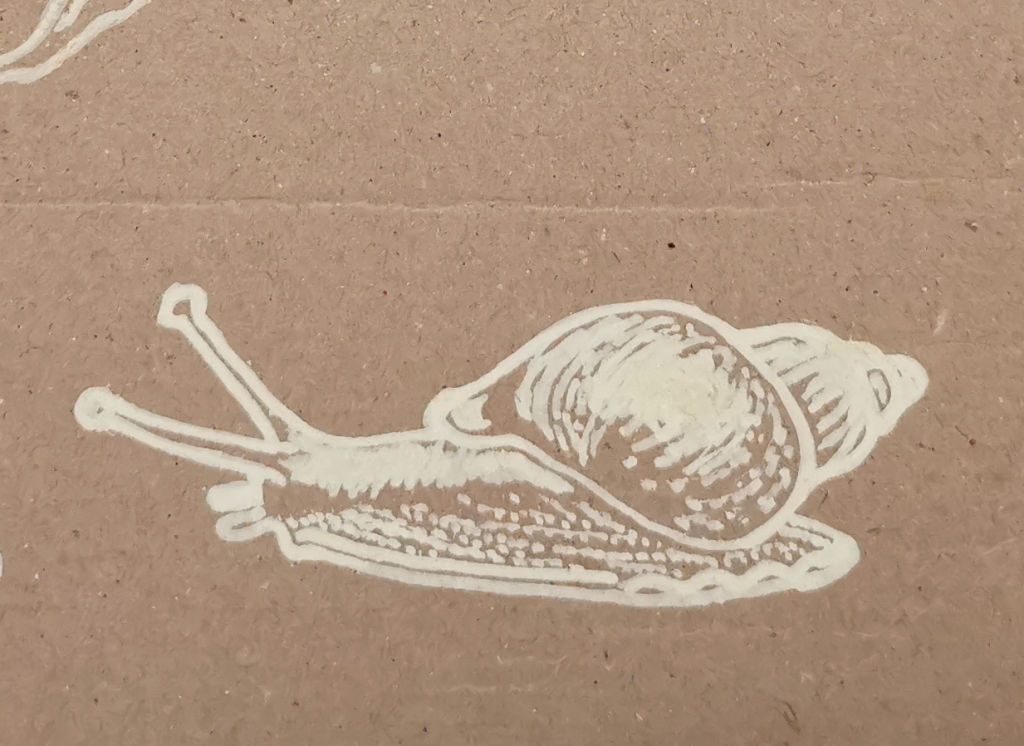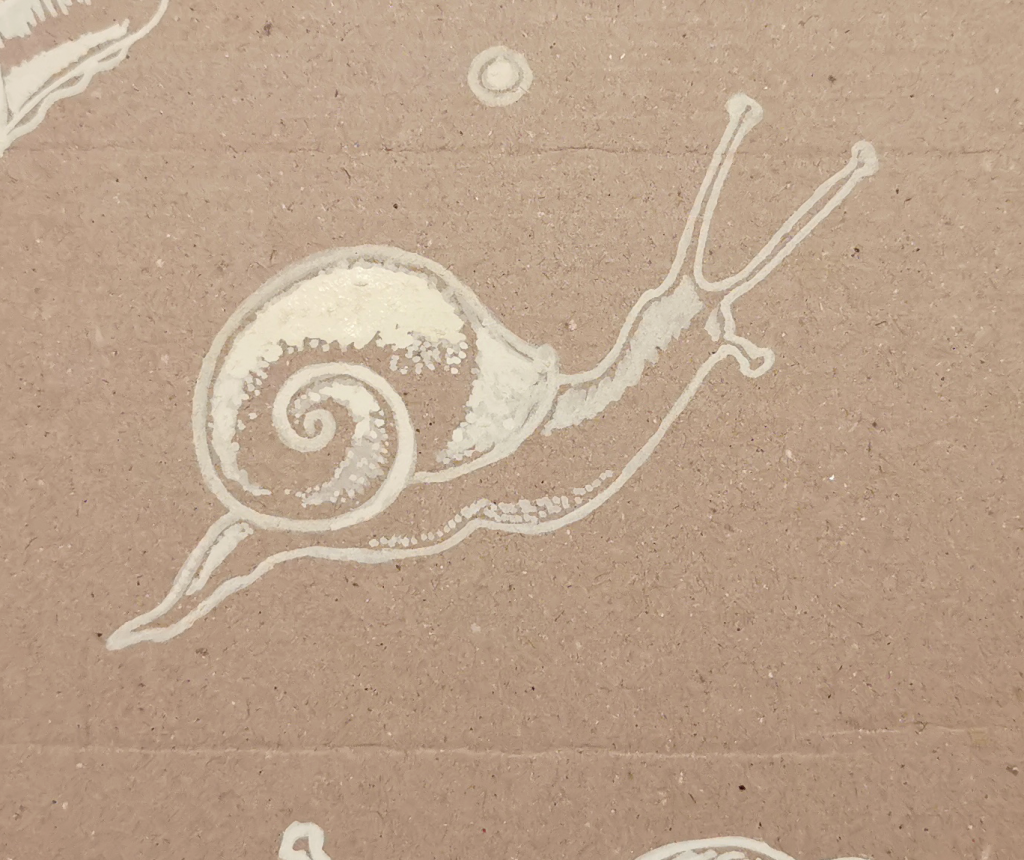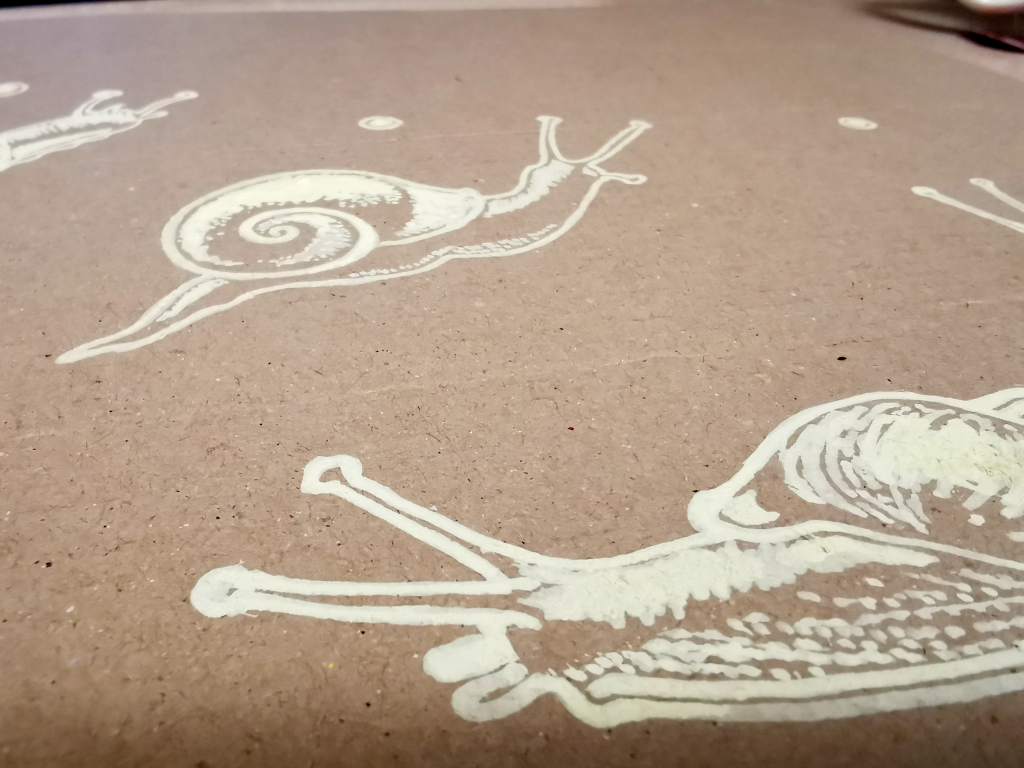In the run-up to our pilot National Slow Ways Swarm, Saira spent some time in West Yorkshire, walking Slow Ways and getting to know amazing local people and places in the process
On my first day, while photographing a sign outside the African Caribbean Achievement Project in a diverse, lively part of Bradford, a lady came out and invited me into the centre, where she introduced me to other staff and gave me a tour of the beautiful Victorian building.

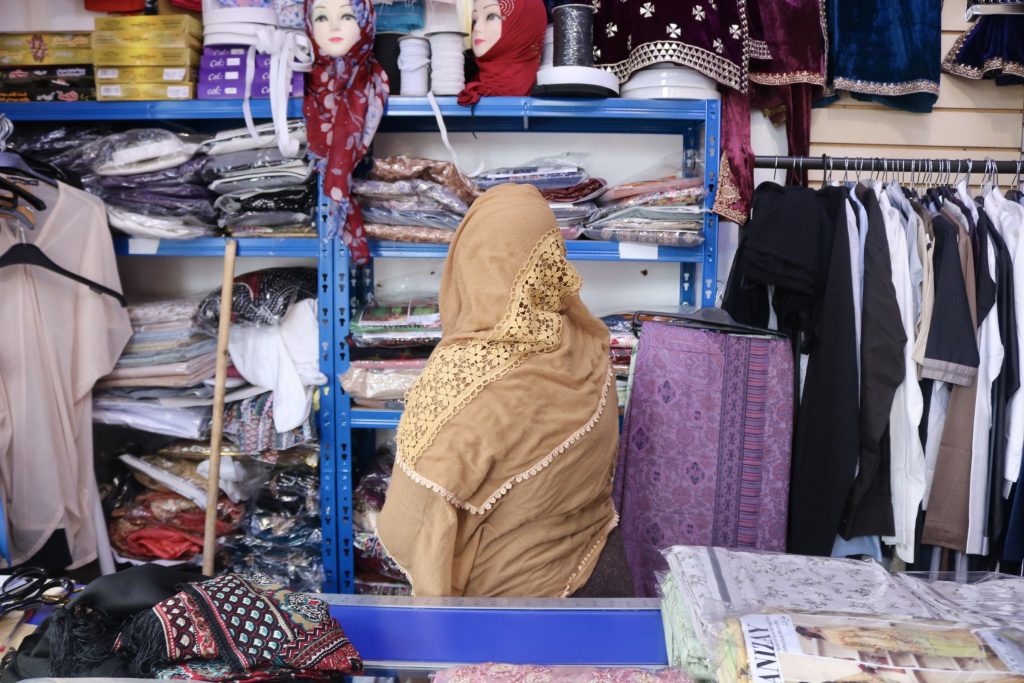
Makeeda then took me to the Furniture Hacks upcycling workshop and told me about all of the amazing services the centre runs, from healing circles and healthy cooking projects to mentoring for young people.
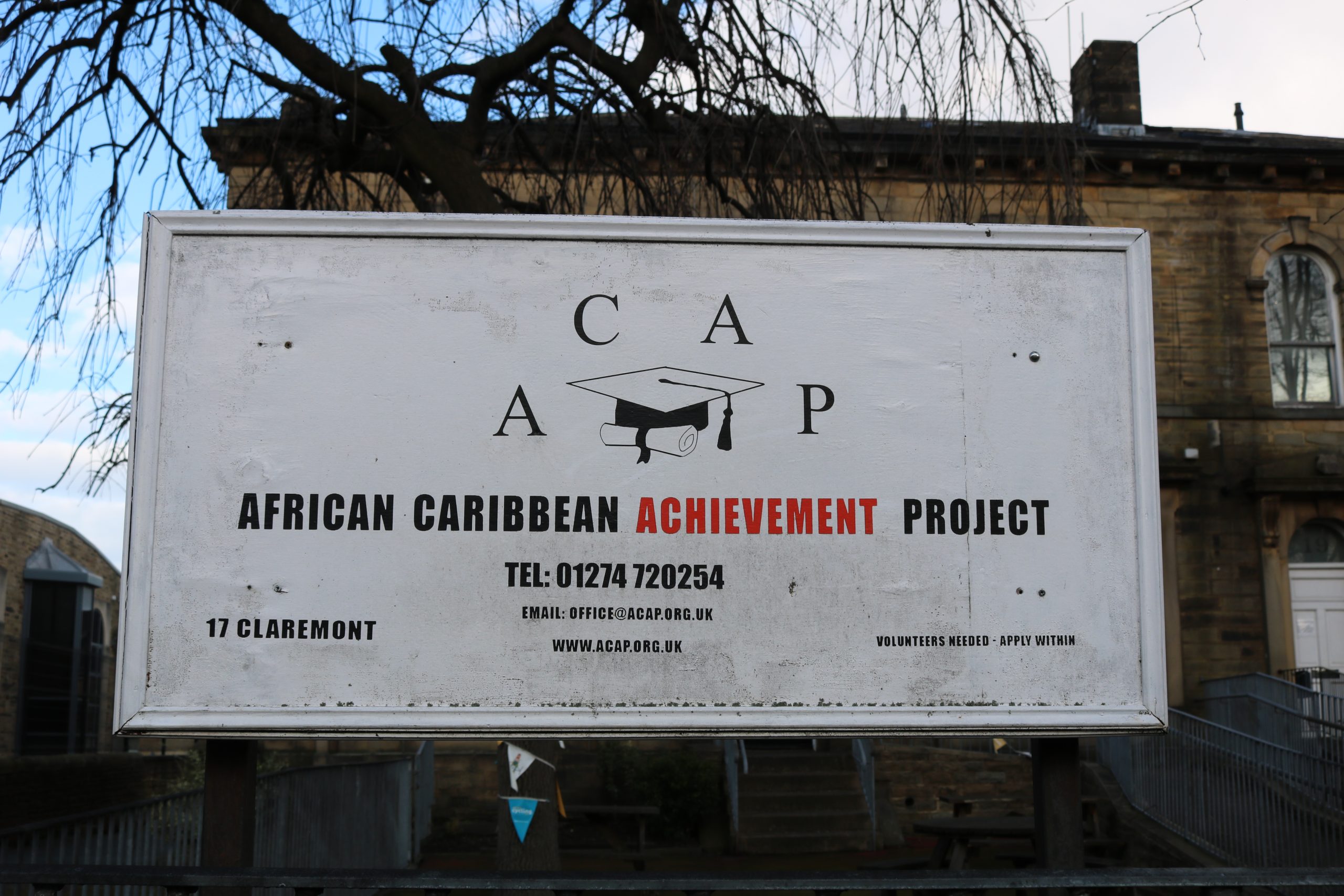

I told her about Slow Ways and invited her and the staff members to our Leeds get-together. I said goodbye to everyone, and continued to walk through central Bradford towards the station in the golden late afternoon light.

Shortly after arriving at the station, I got the train to Shipley where I would start my first Yorkshire Slow Ways walk, Shibra one, Shipley to Bradford.
The first part of the walk was really varied; I followed a waterway and quiet pathways that ran parallel to the main road. Soon however the sky darkened and it began to rain. I couldn’t find the path on the route that led from the end of a hilly road towards a countryside opening. I decided instead to reroute my journey and follow an A-road the rest of the way.
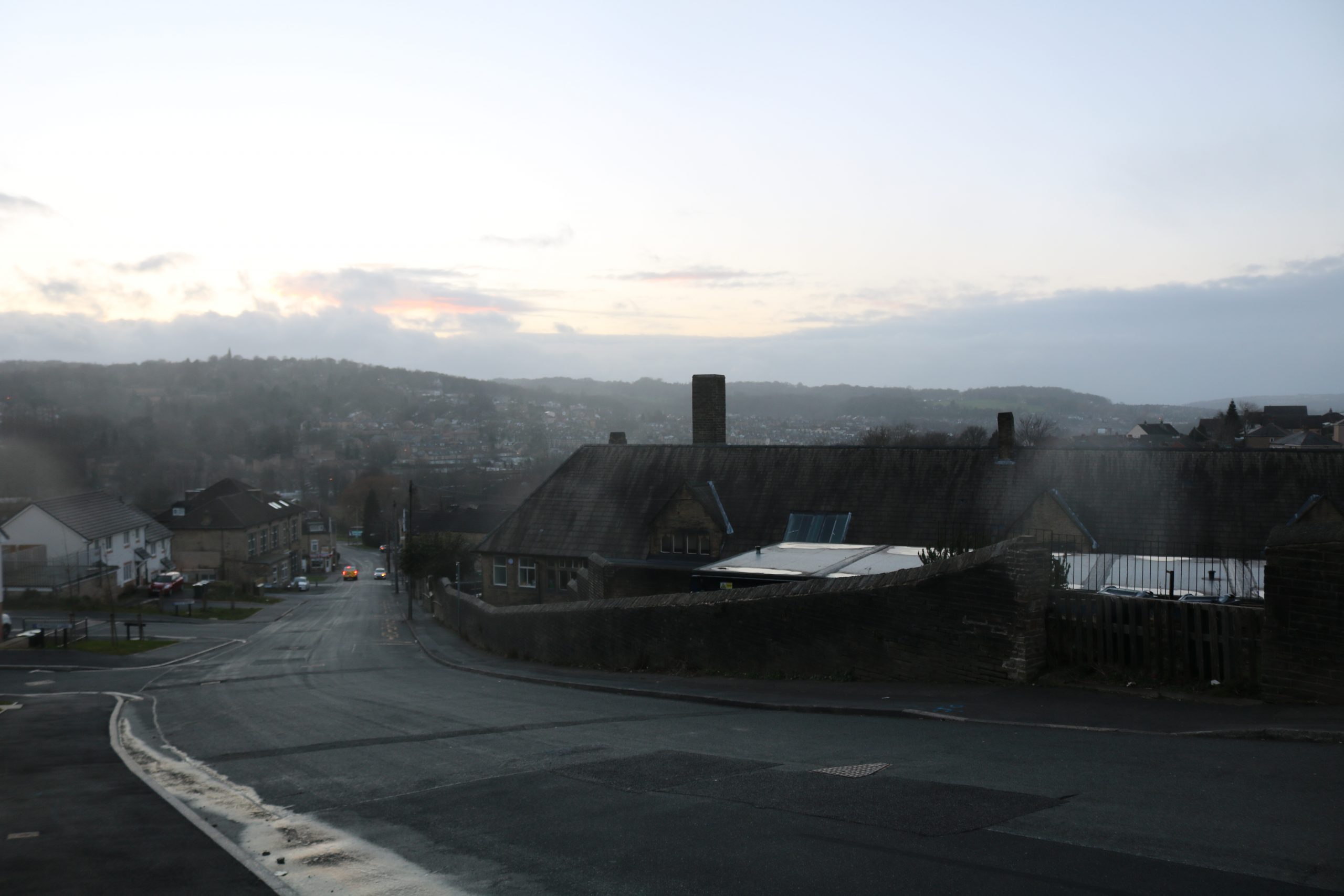
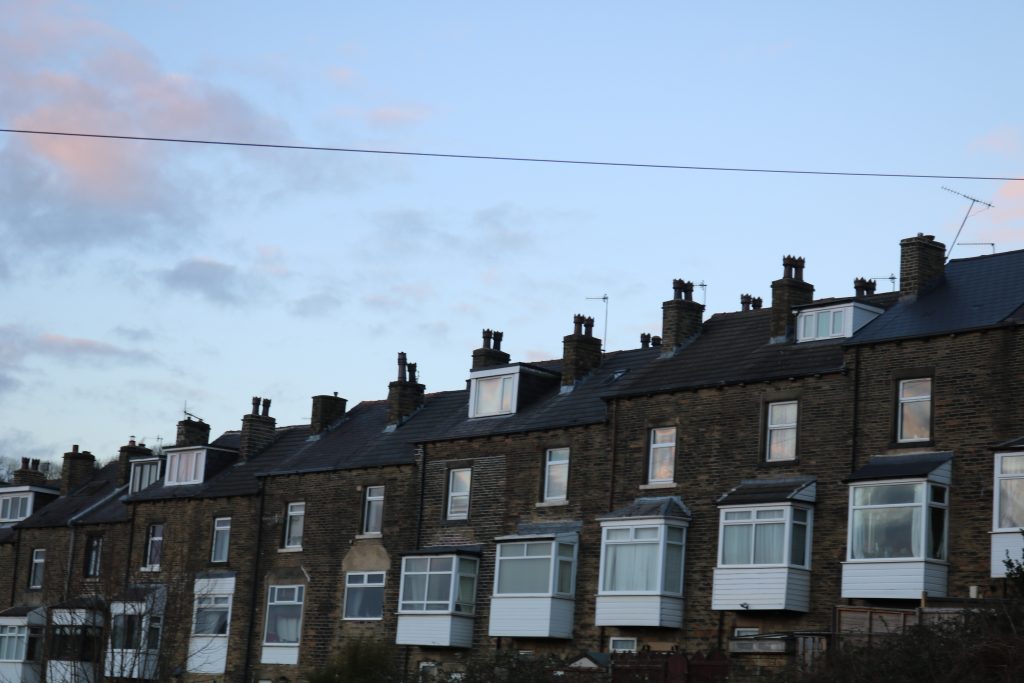
On the way, I came by a mosque where I met a trustee named Mohammed. He told me it was the first purpose-built mosque in the North and that it was connected to a youth club where they ran activities. He gave me a tour of the newly refurbished space.

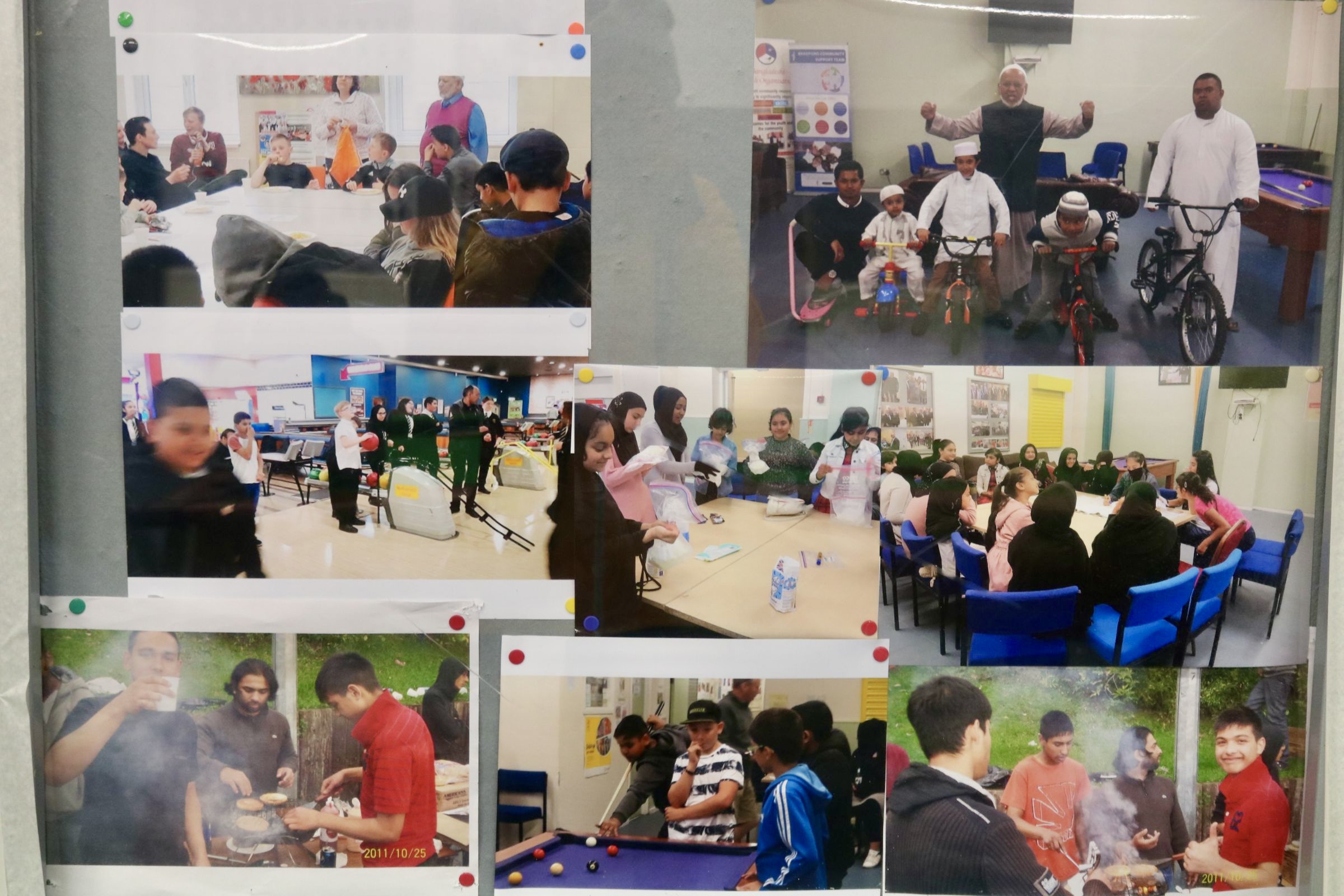
Soon enough I was back where I began. Although I wasn’t successful in following the route, I was glad I was able to find another way and make some new connections! I also defo learnt my lesson (don’t start a walk at sunset without doing some research!)
The next morning, I set out to walk from Brighouse to Bradford, Bribra one. Although the weather was tumultuous – a mix of snow, rain, hailstones and sunshine – the walk itself was really enjoyable and varied. Thank you to volunteer and super-walker @DavSanderson for designing such a brilliant route! (See more about David here.)
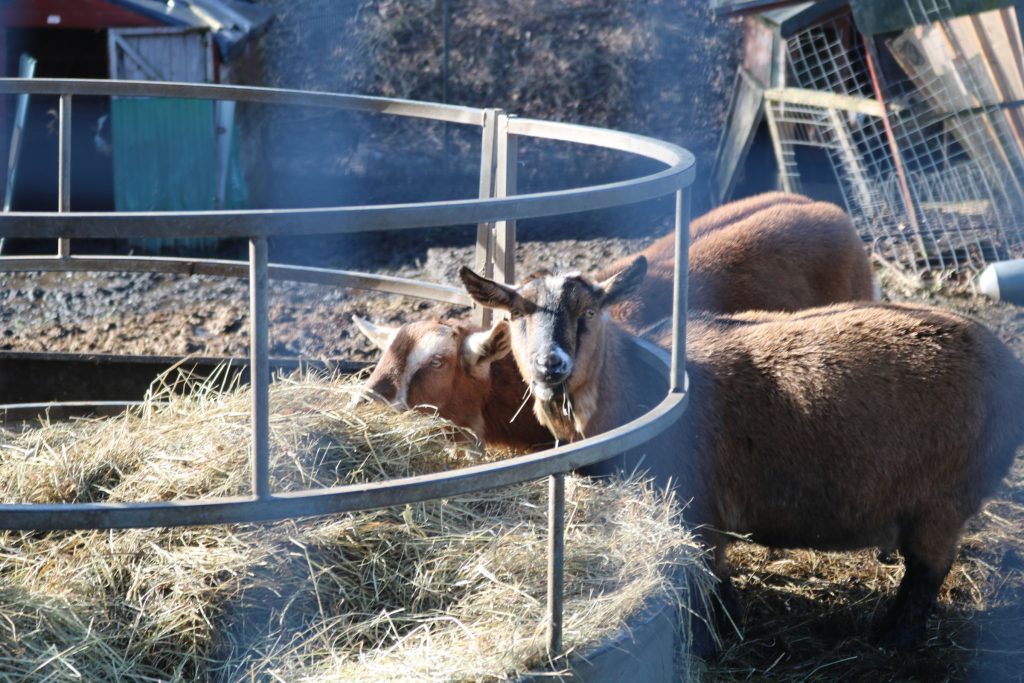




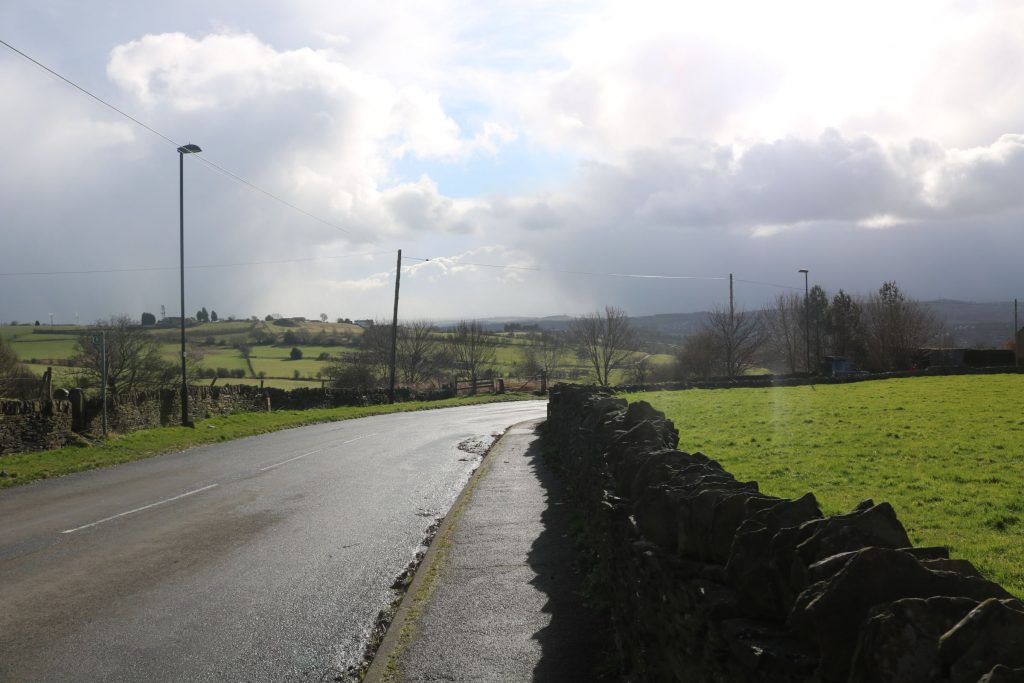
From industrial estates in South Bradford (comprising factories, warehouses and an aerospace HQ that emitted the most otherworldly sounds), and colourful underpasses, to the countryside and the lovely village of Wyke – the route was filled with surprises. The highlights included makeshift stiles, a tiny rivulet path and a family of goats.
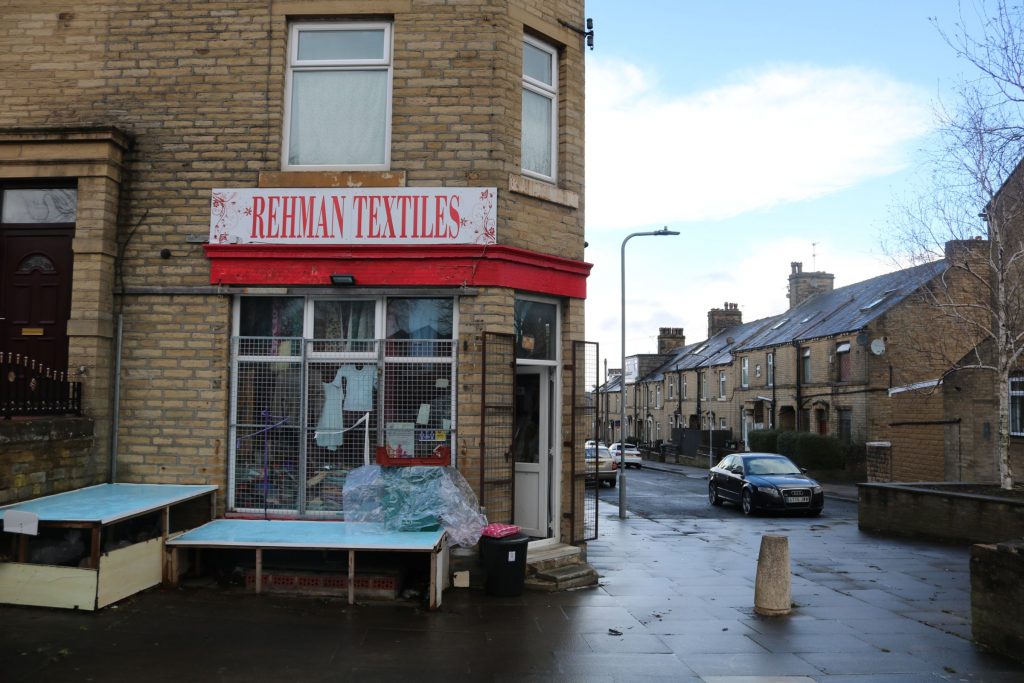
Somewhere along the way, I popped into a textile shop where I met a Pakistani woman named Nadia who worked there. We spent ages talking in broken Urdu. She told me she walks around her neighbourhood every day with her neighbour and keeps herself busy in the shop. She was charismatic and warm. She moved to the UK three years ago. She didn’t have anyone she knew in Yorkshire apart from her neighbour, and her husband who worked long hours. She found a job in a local textile shop to keep busy, and loves to talk to make new friends.


Although there were some challenges (a bit of missing river path, LOTS of mud, crazy weather and slight rerouting to go around private land) it’s a brilliant Slow Way that takes you from a frentic vibrant Bradford into Brighouse through serene countryside and unlikely pathways.
The next day before heading back to London, I spontaneously took a trip to Hebden Bridge, famous as one of the most alternative areas of the UK. I wandered by the canal and high street, and met some local lovely people. It was filled with colour and magic.





I remembered Makeeda’s words from my first day, “People in the North are known for being warm and friendly!” I couldn’t agree more! West Yorkshire is filled with wonder and heart.
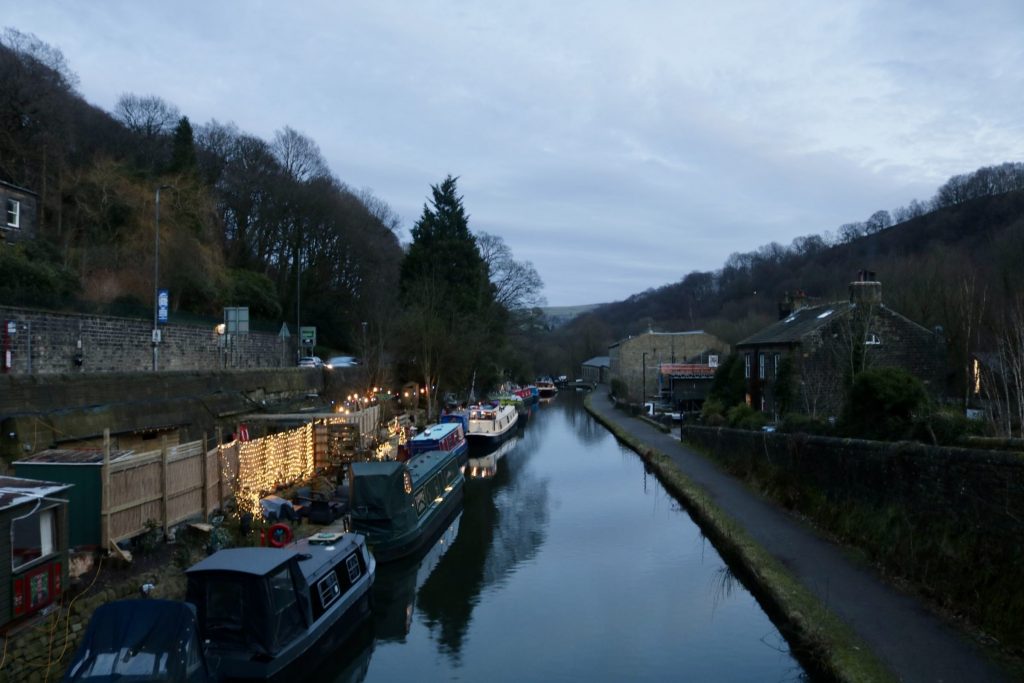
- Share your #SlowWays journeys! Tag us in your posts @slowwaysuk
- See filmmaker Marcus Lee’s vlog of Shibra, one of the routes Saira walked
- Immerse yourself in the sights and sounds of West Yorkshire by walking one of the Bradford web


